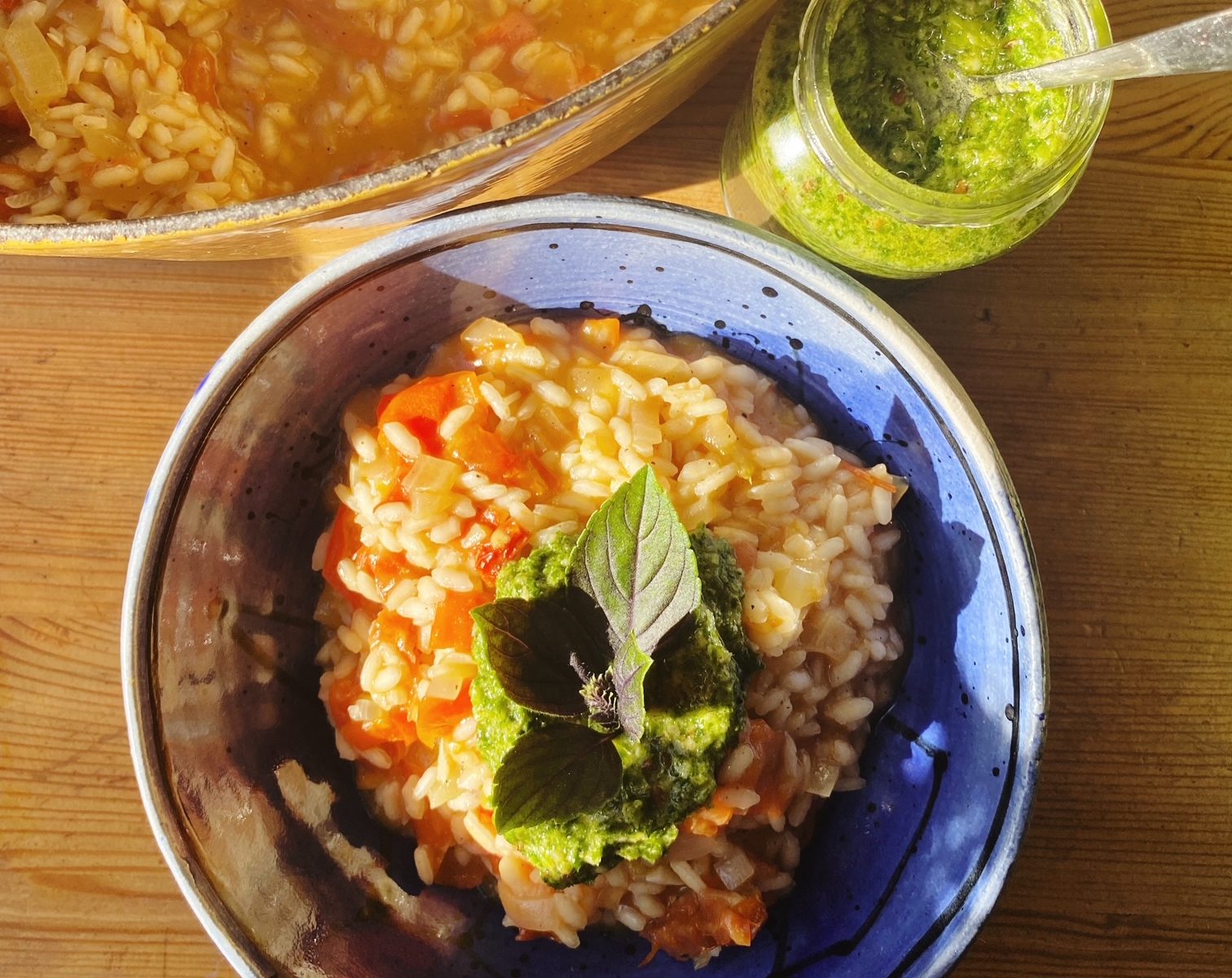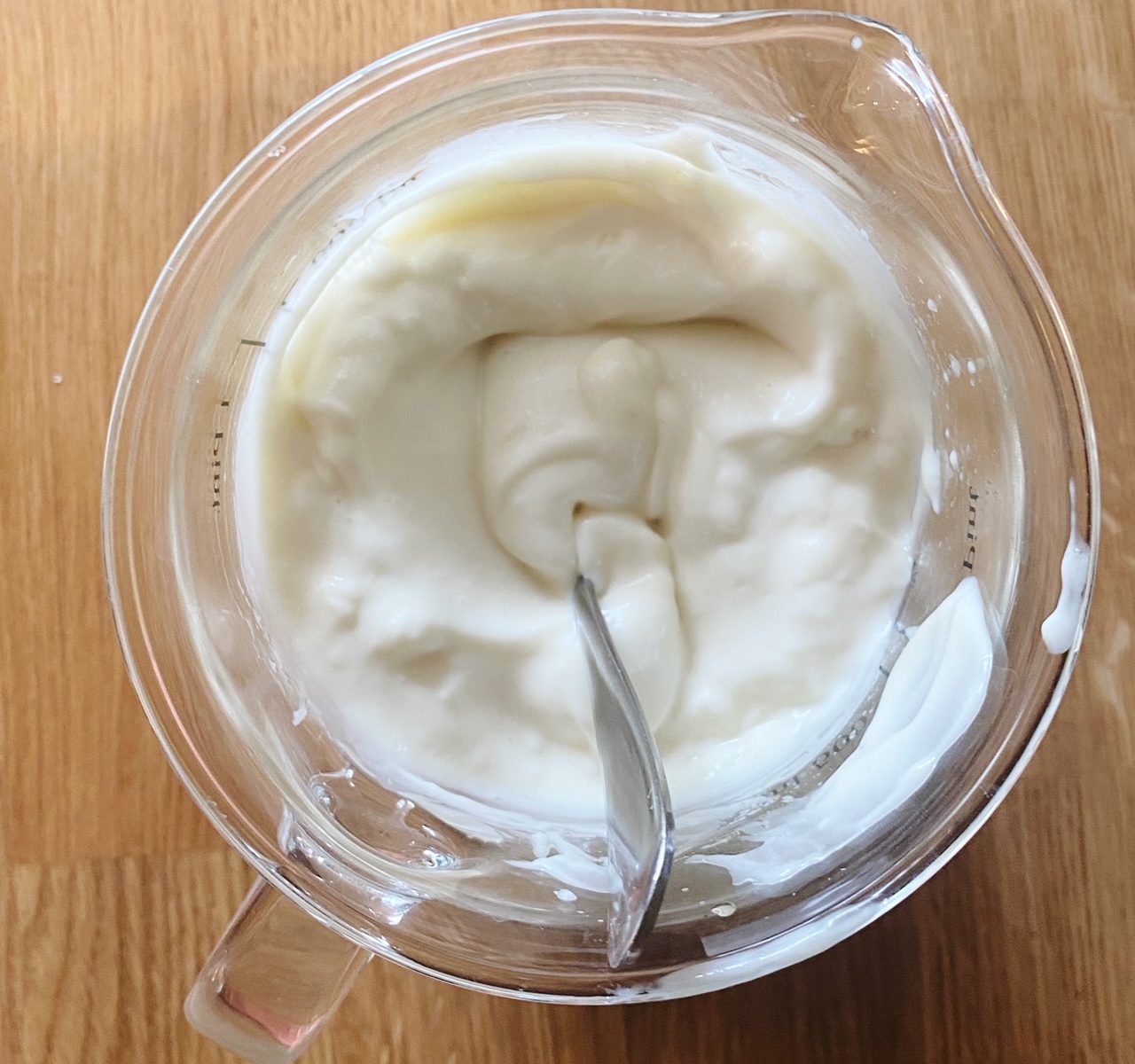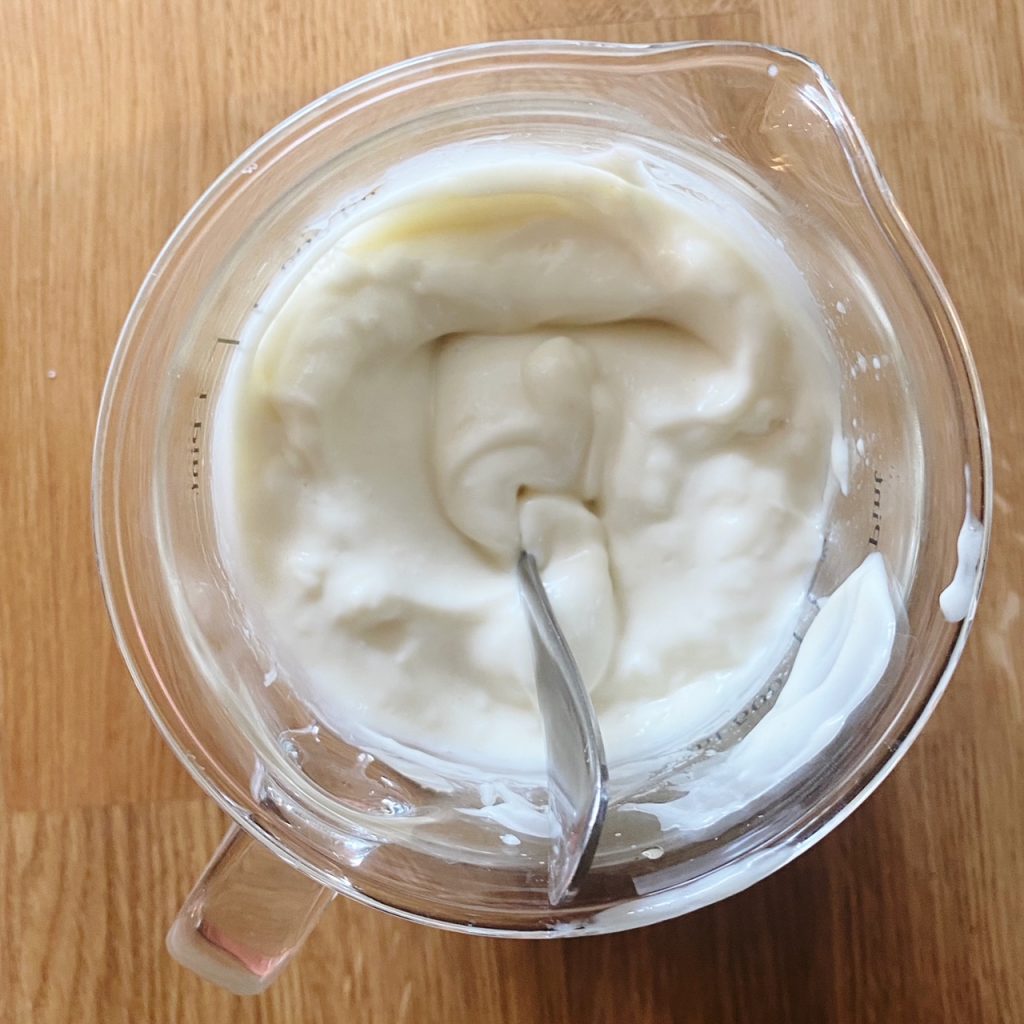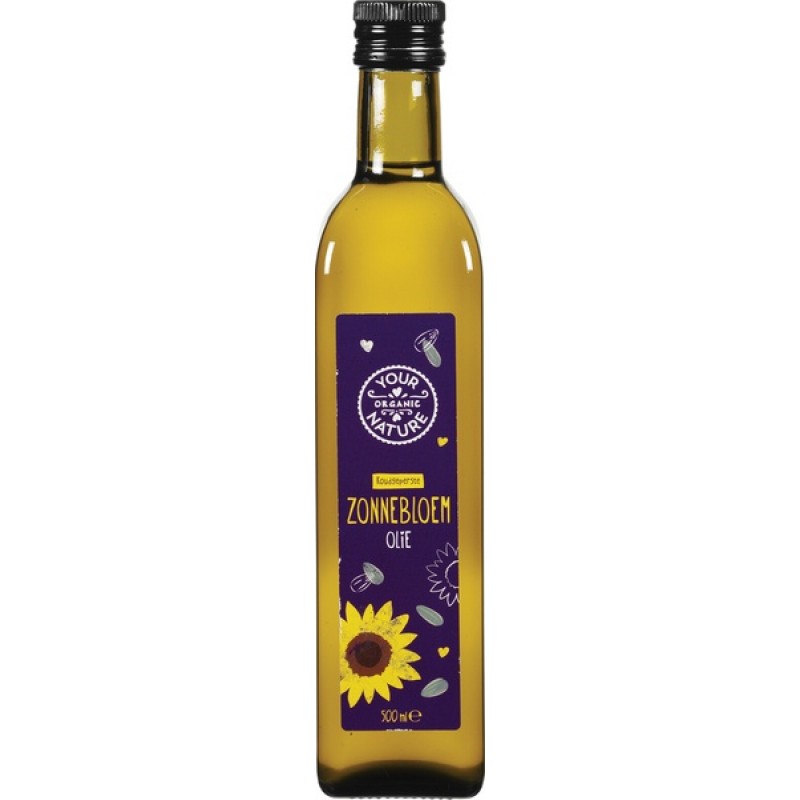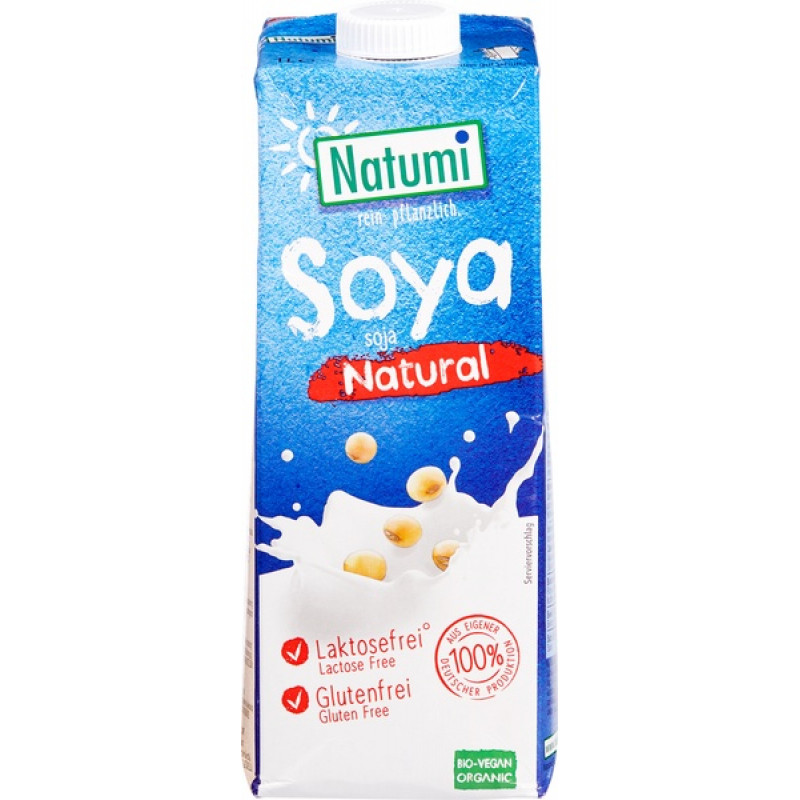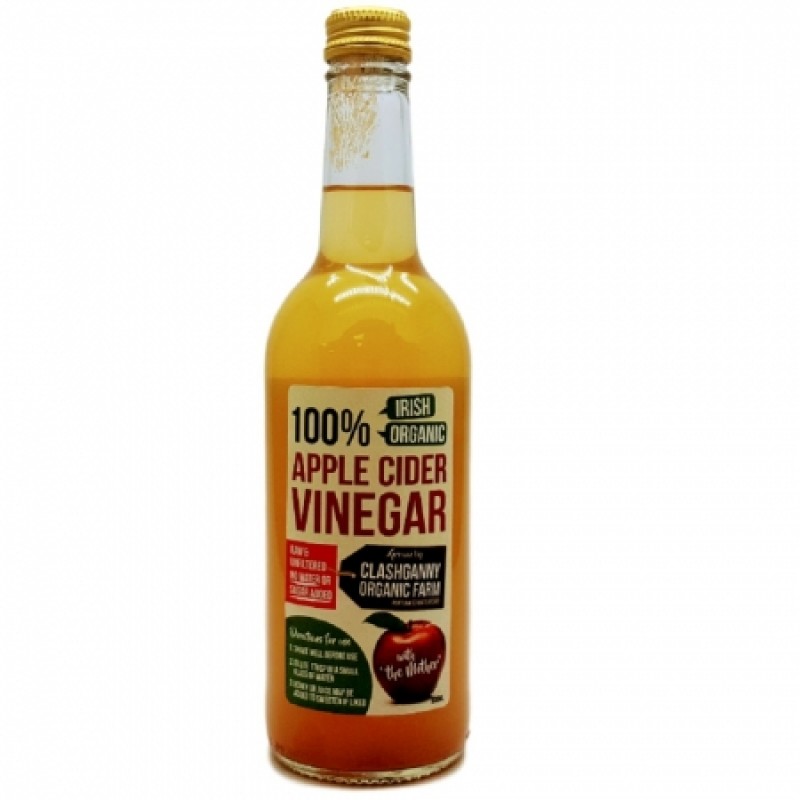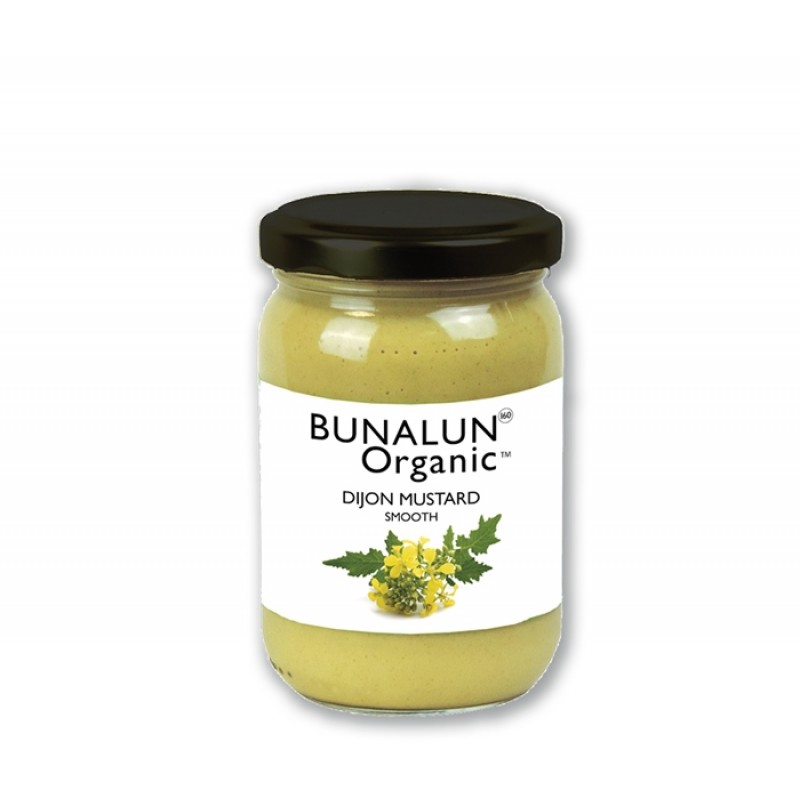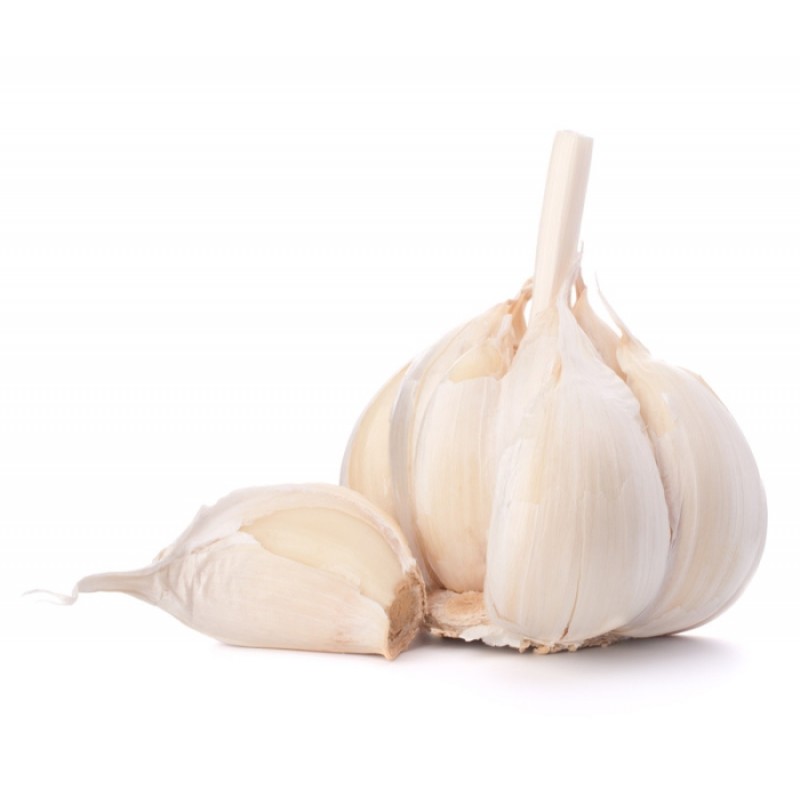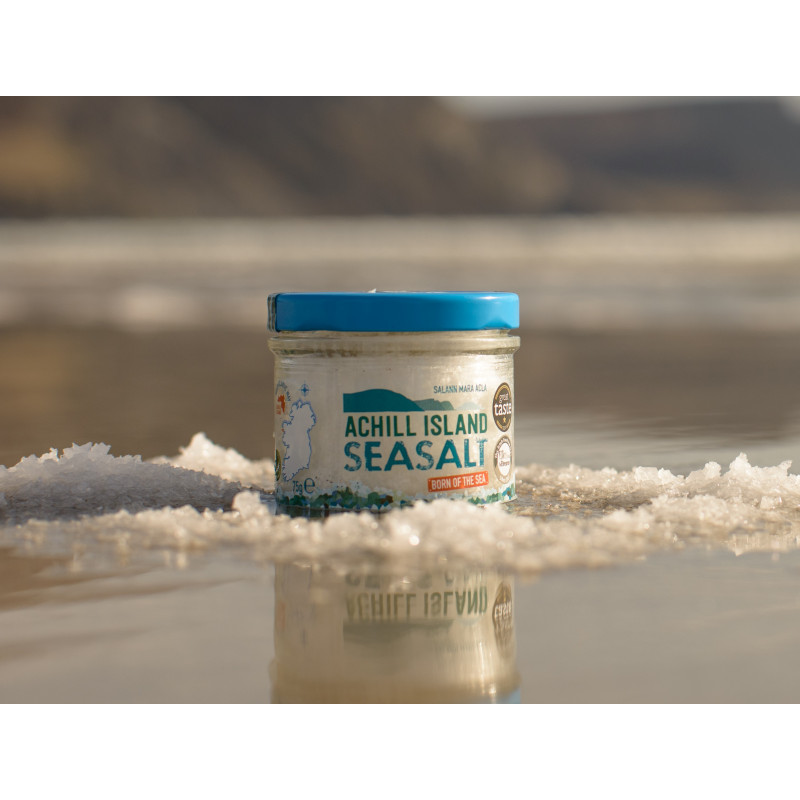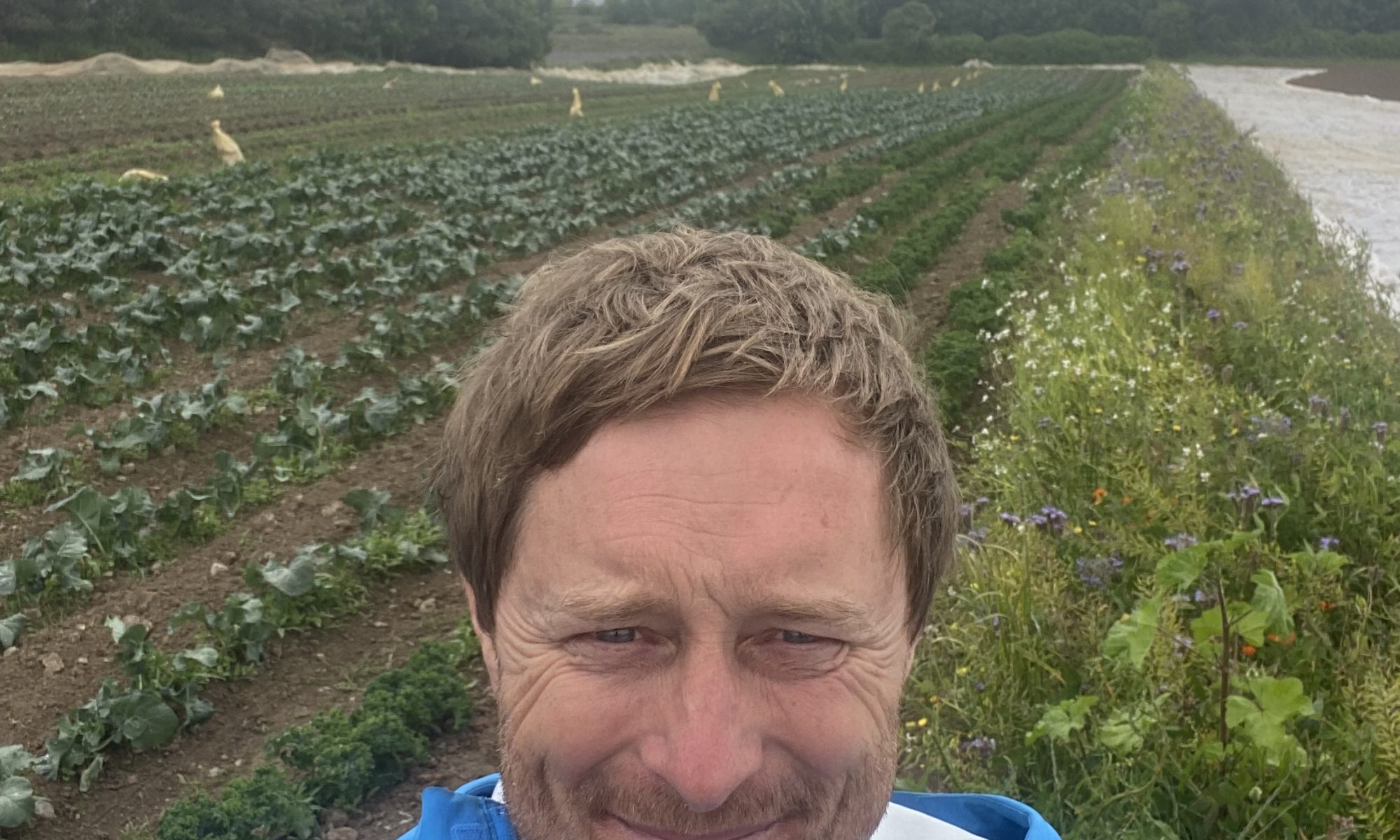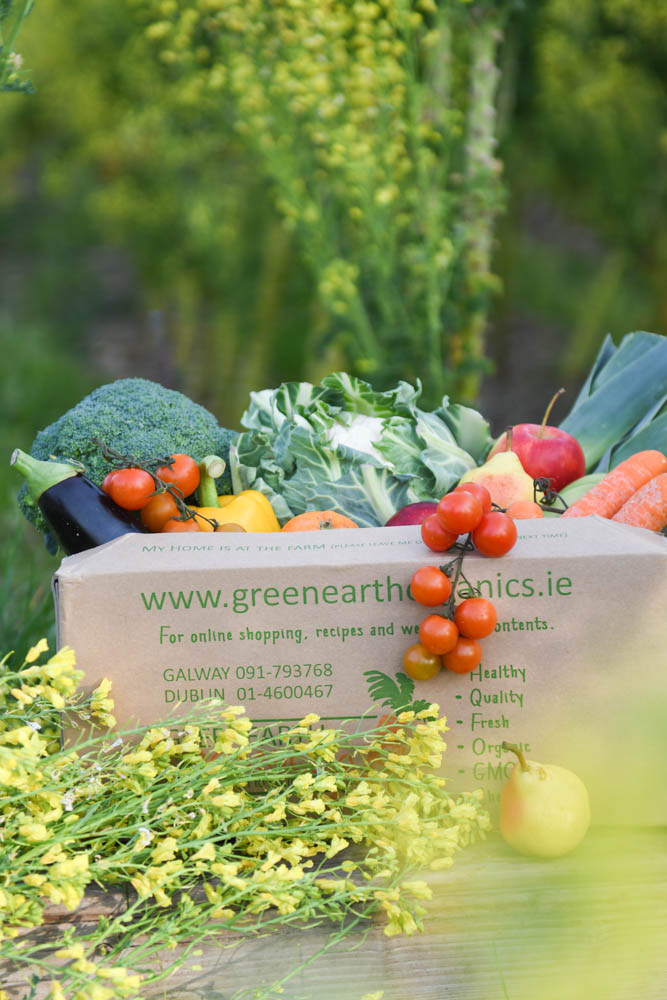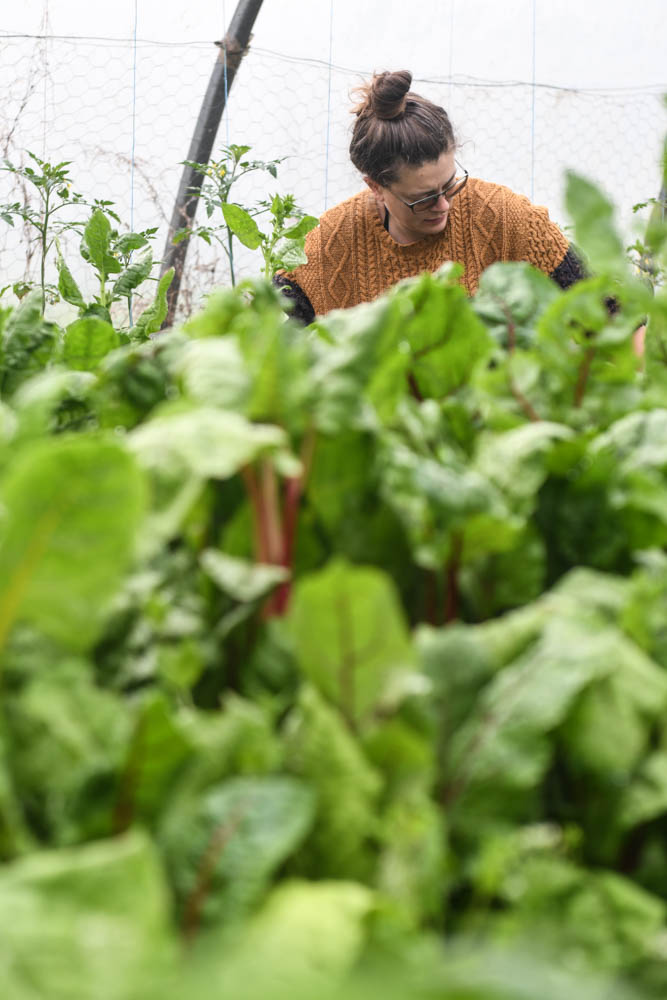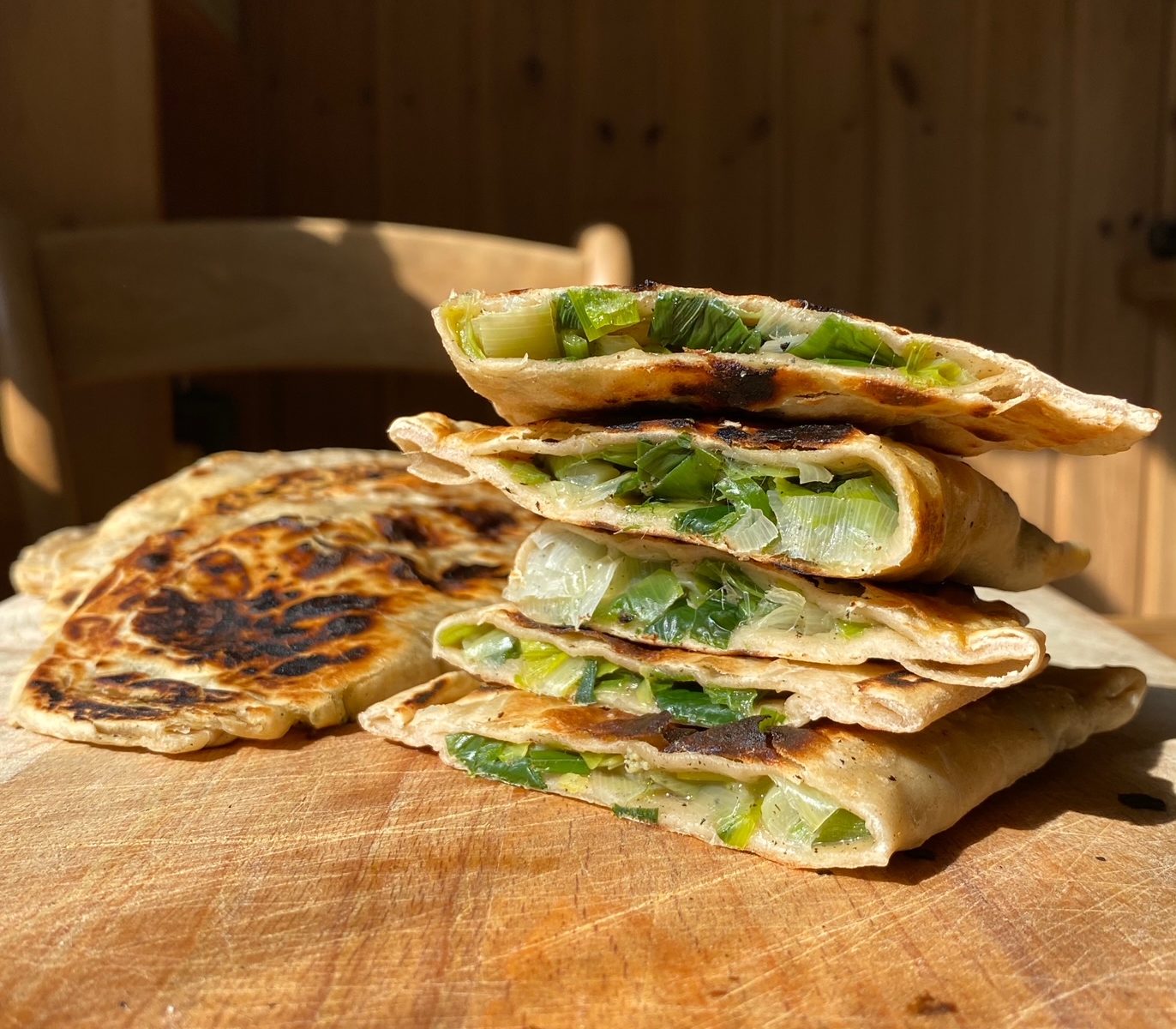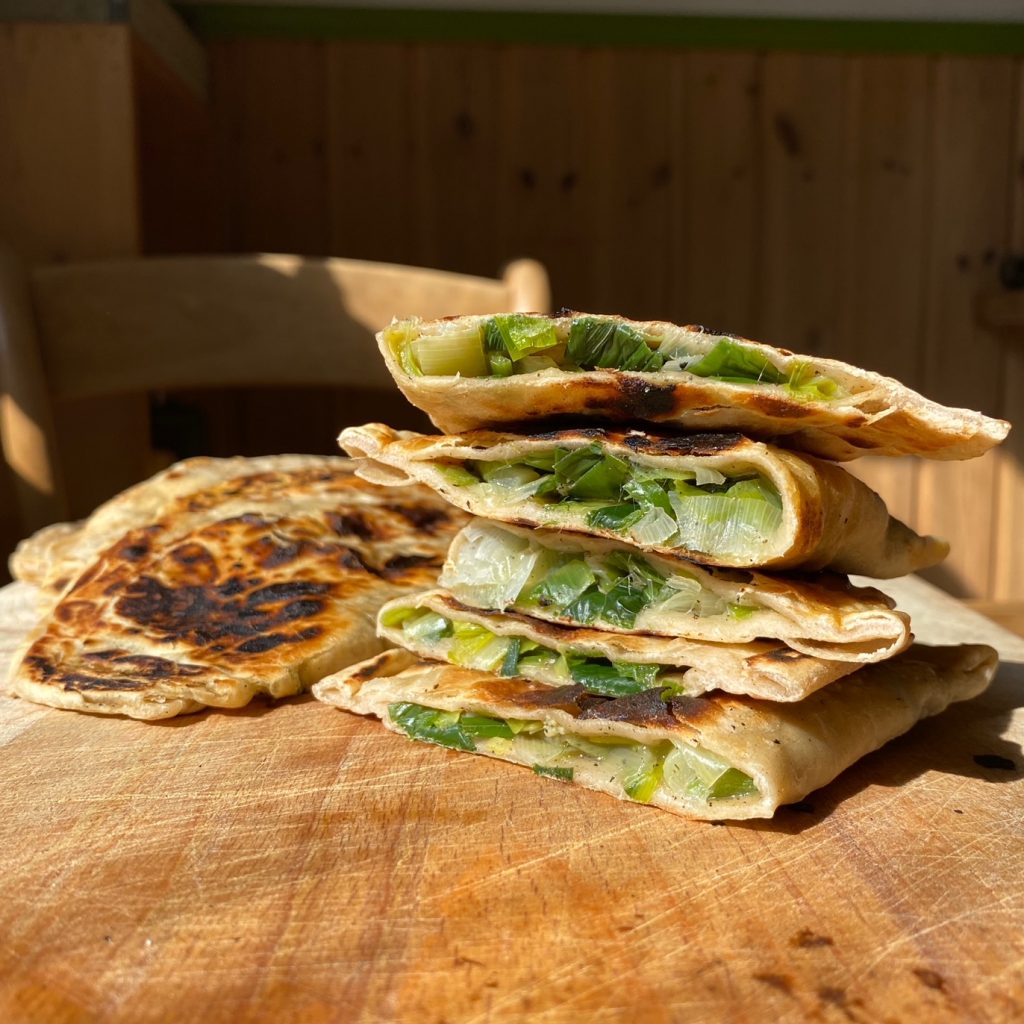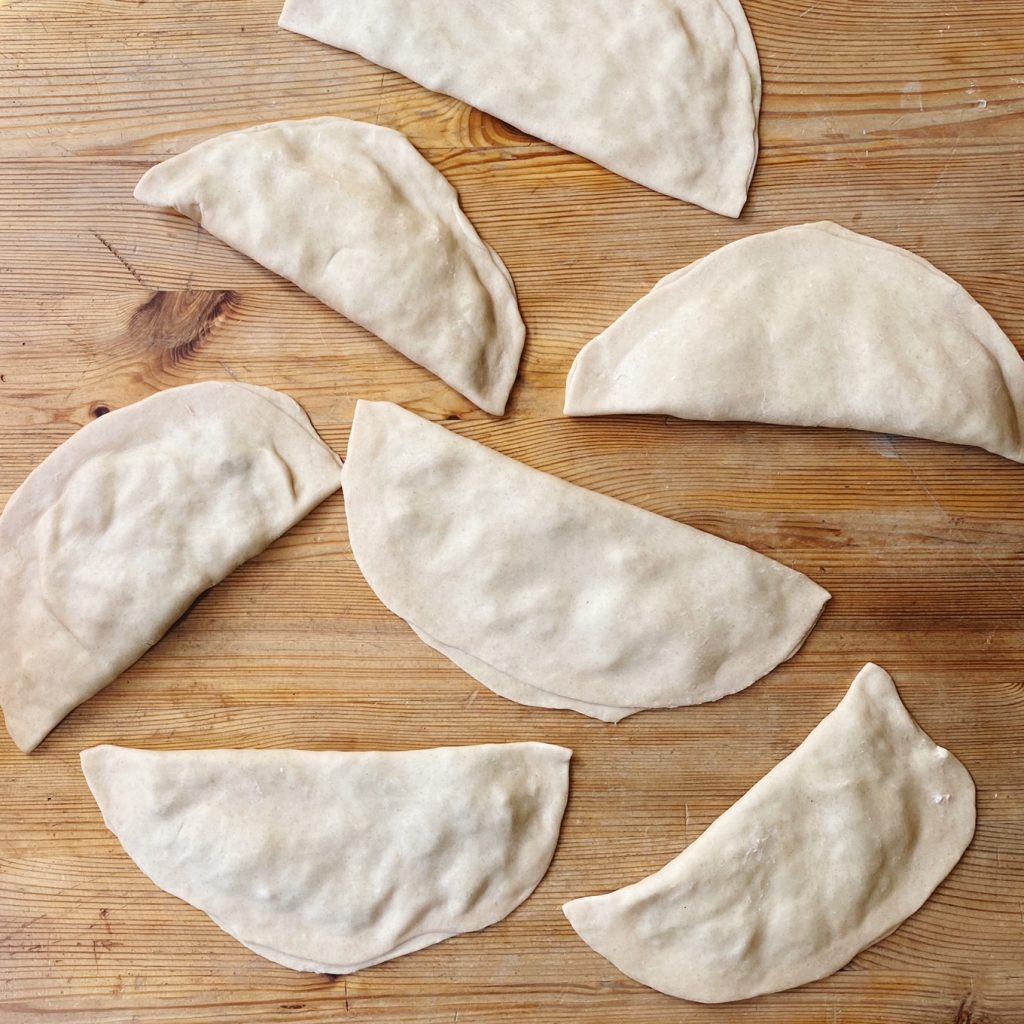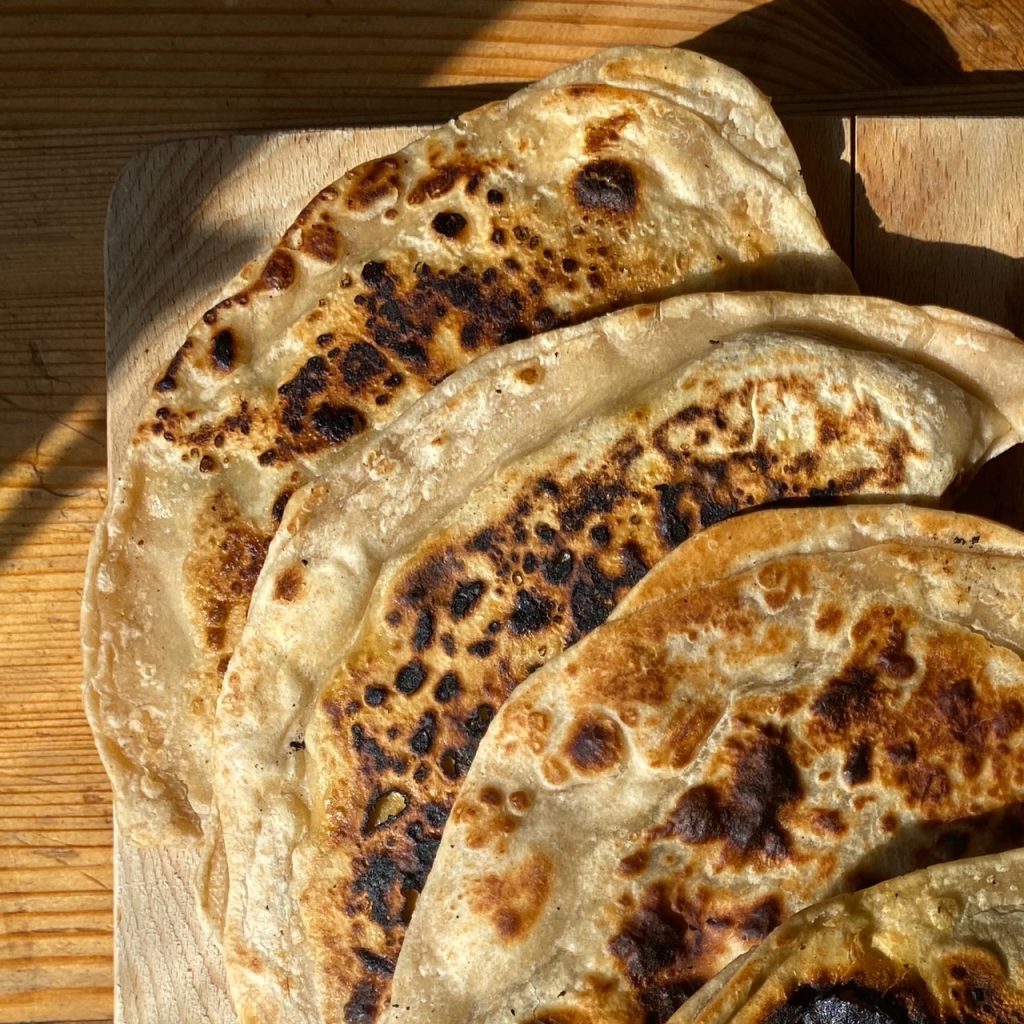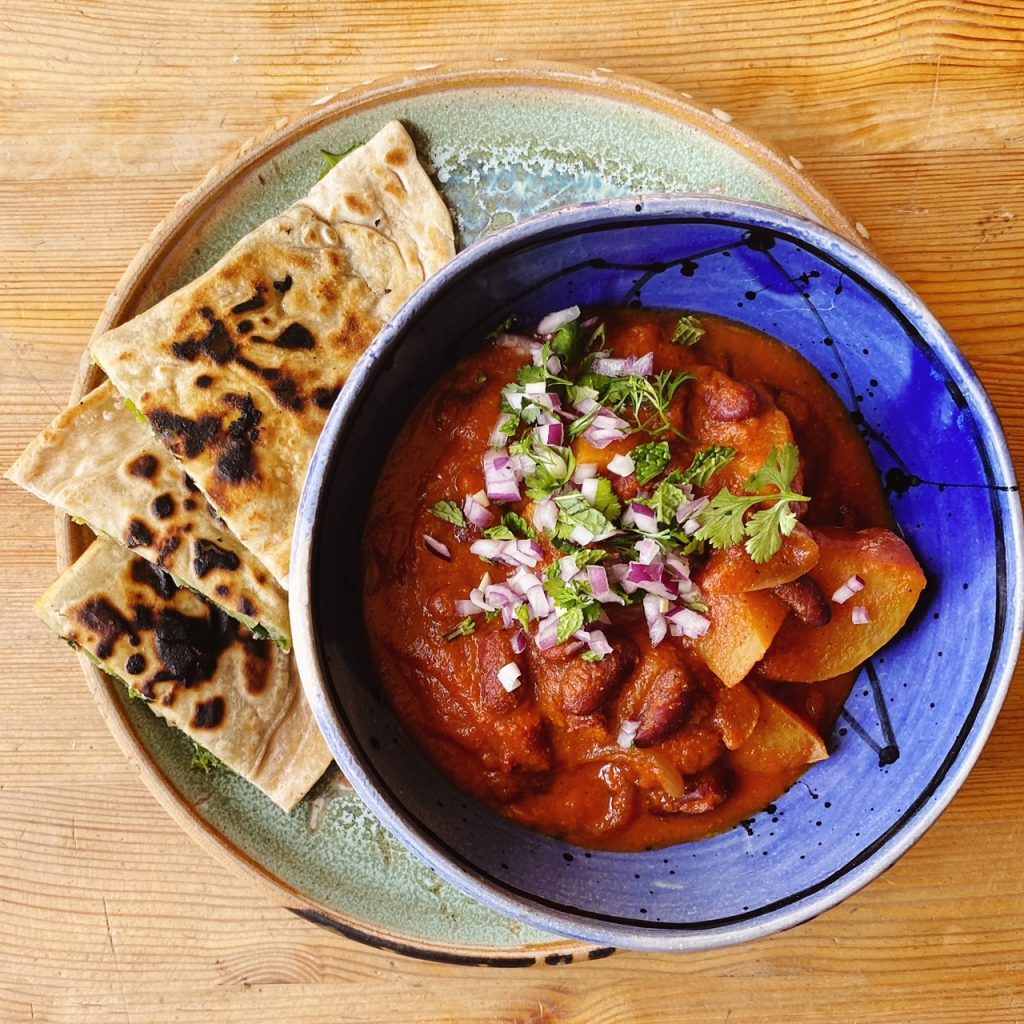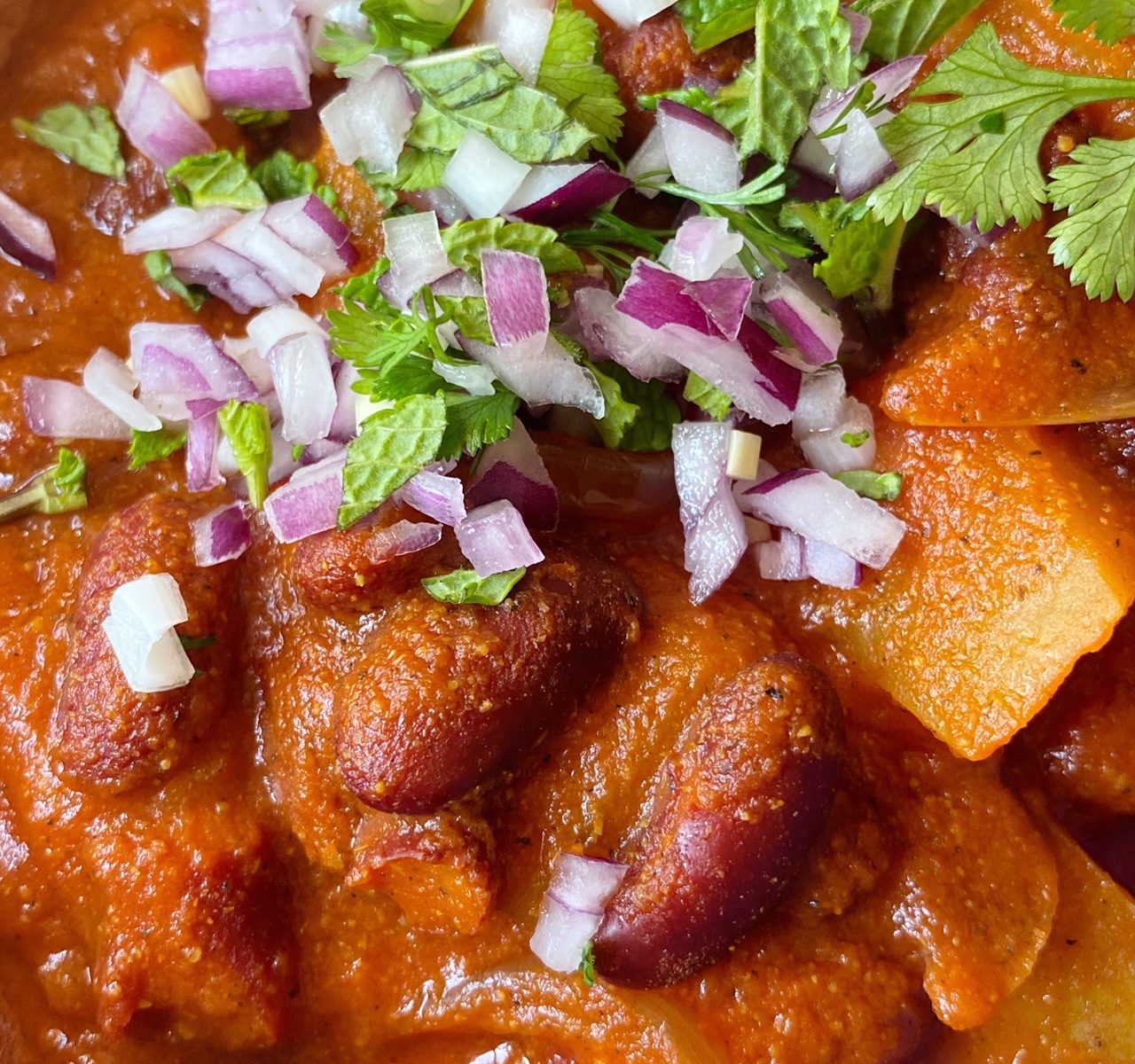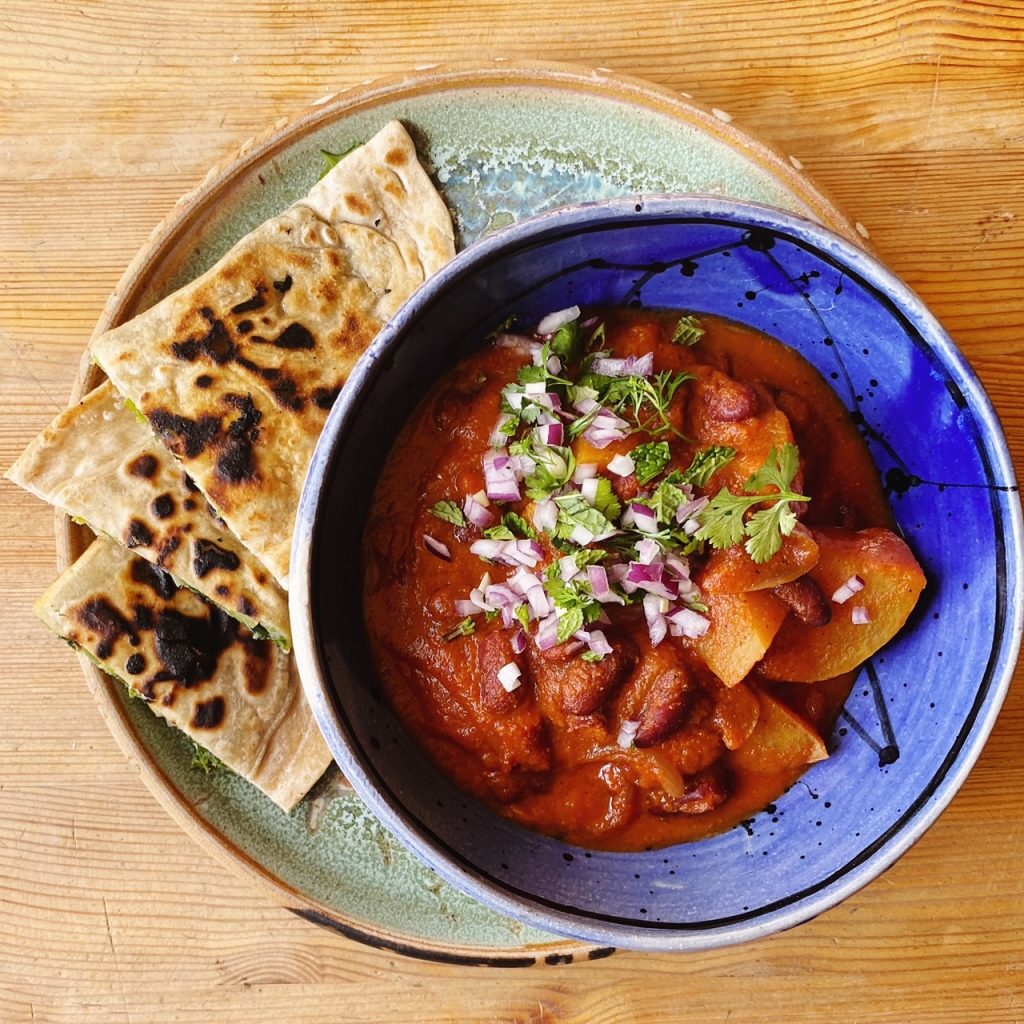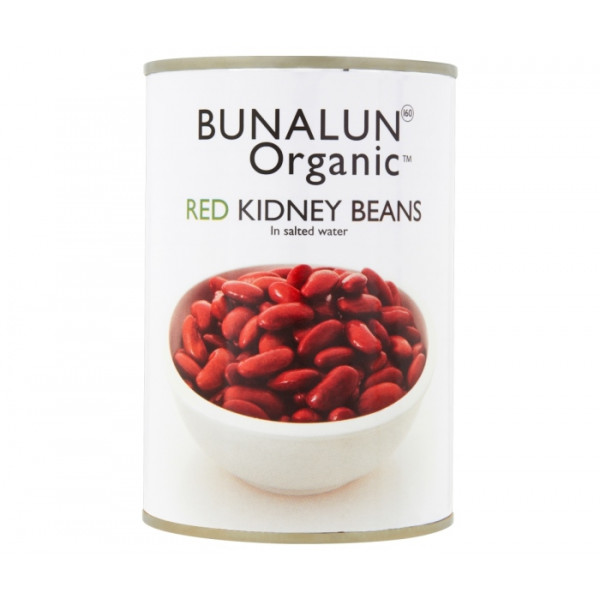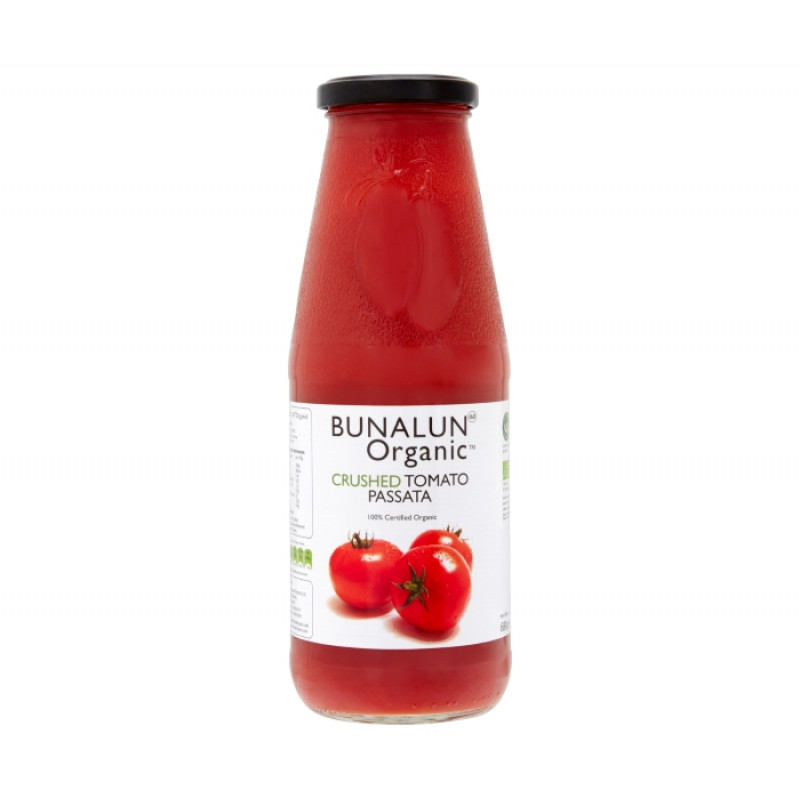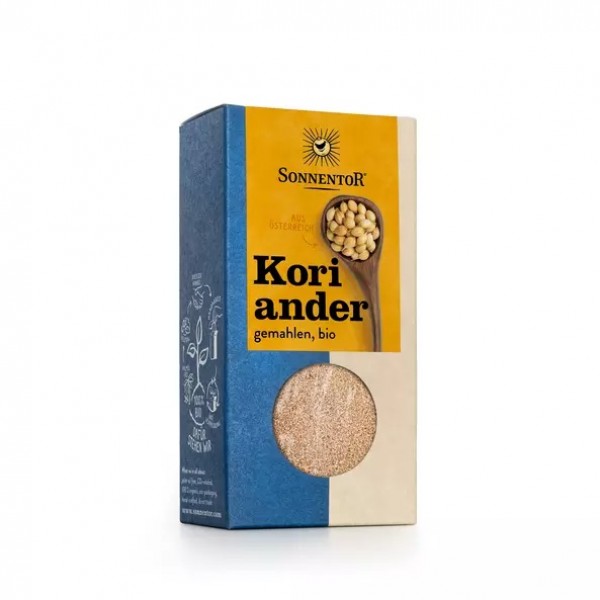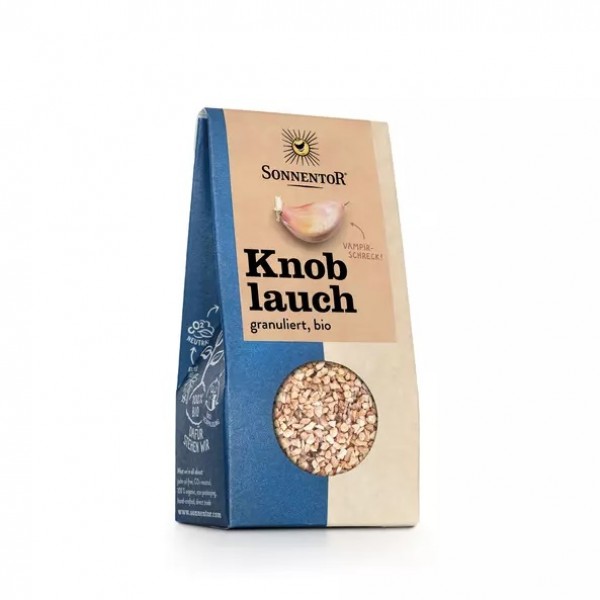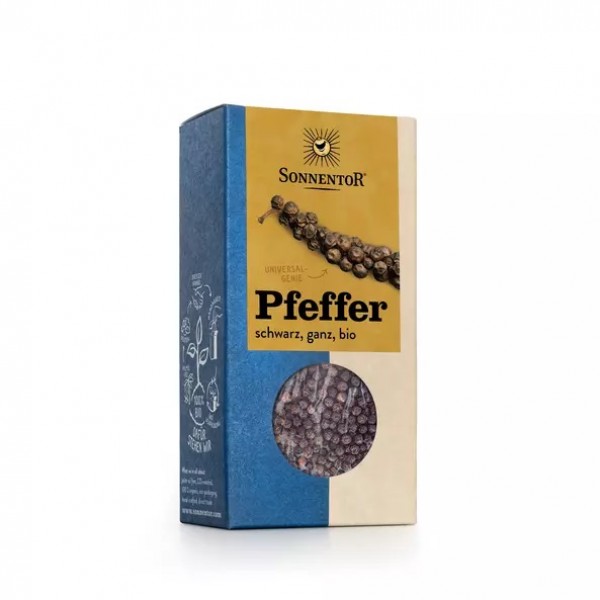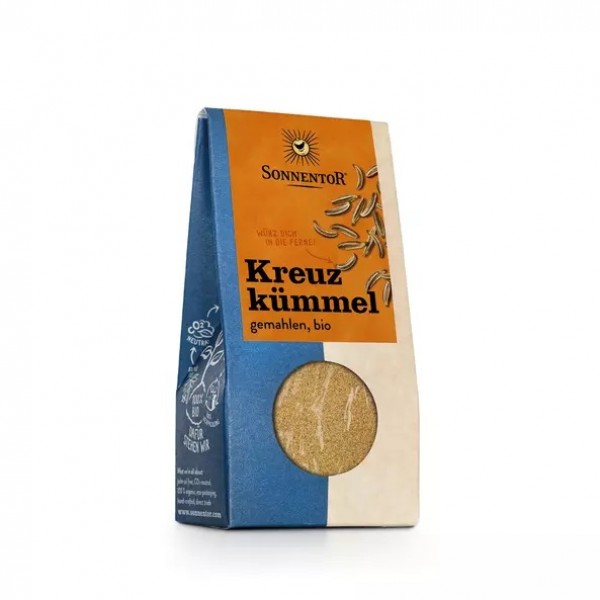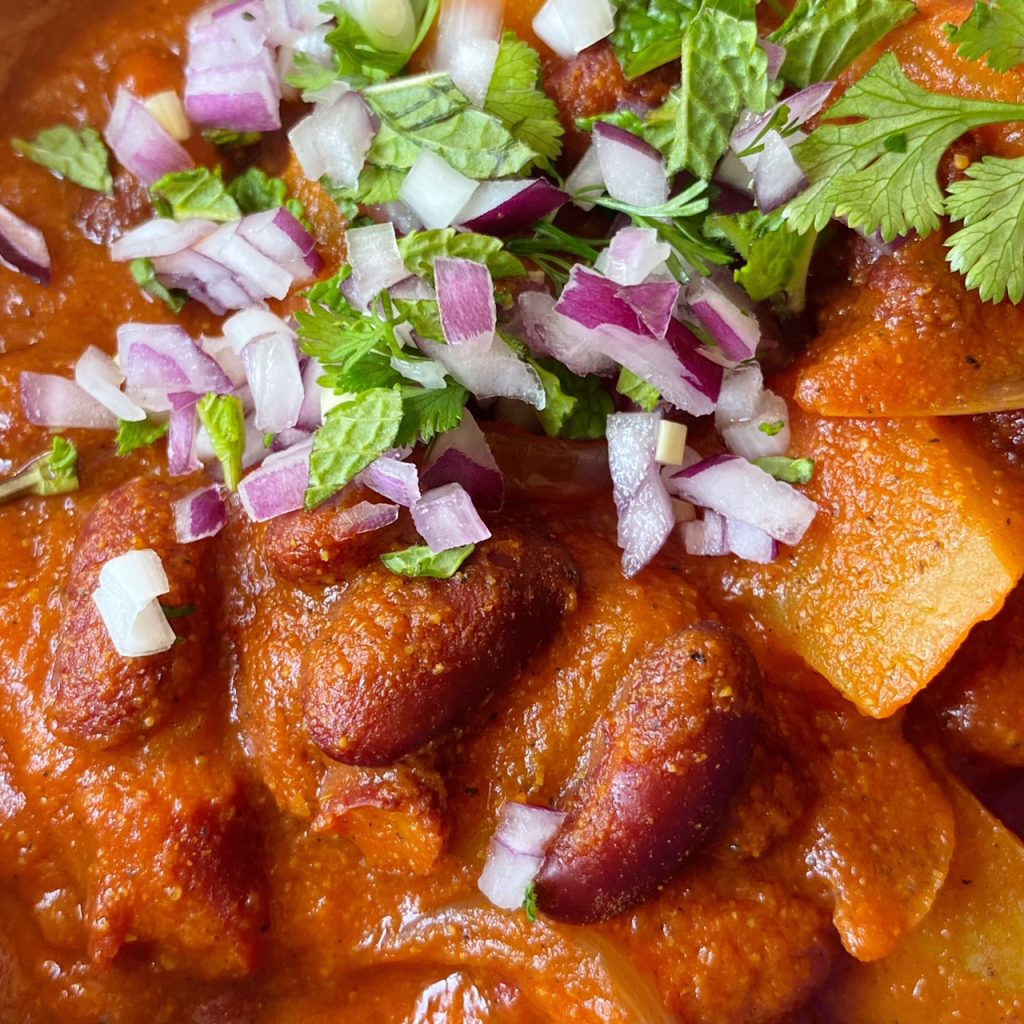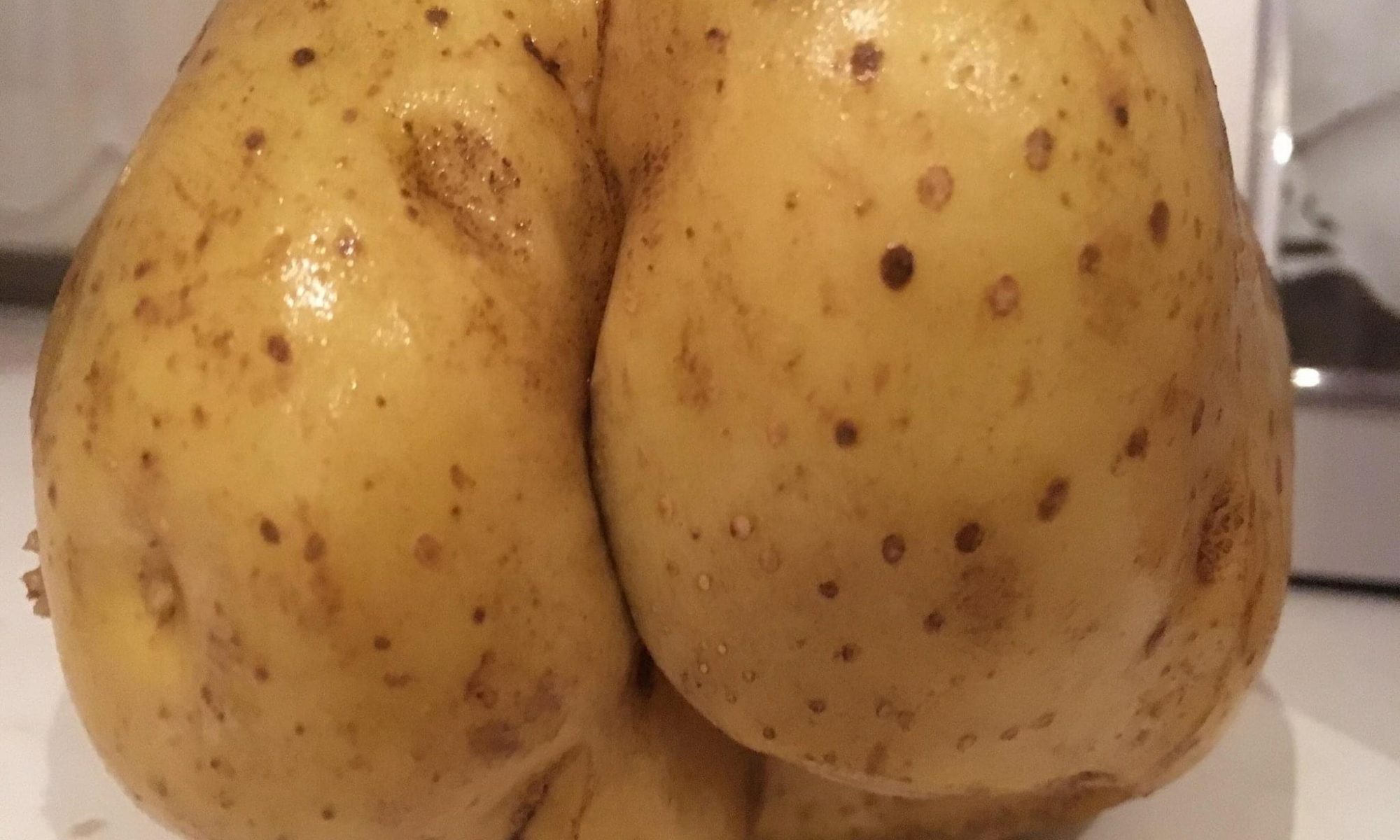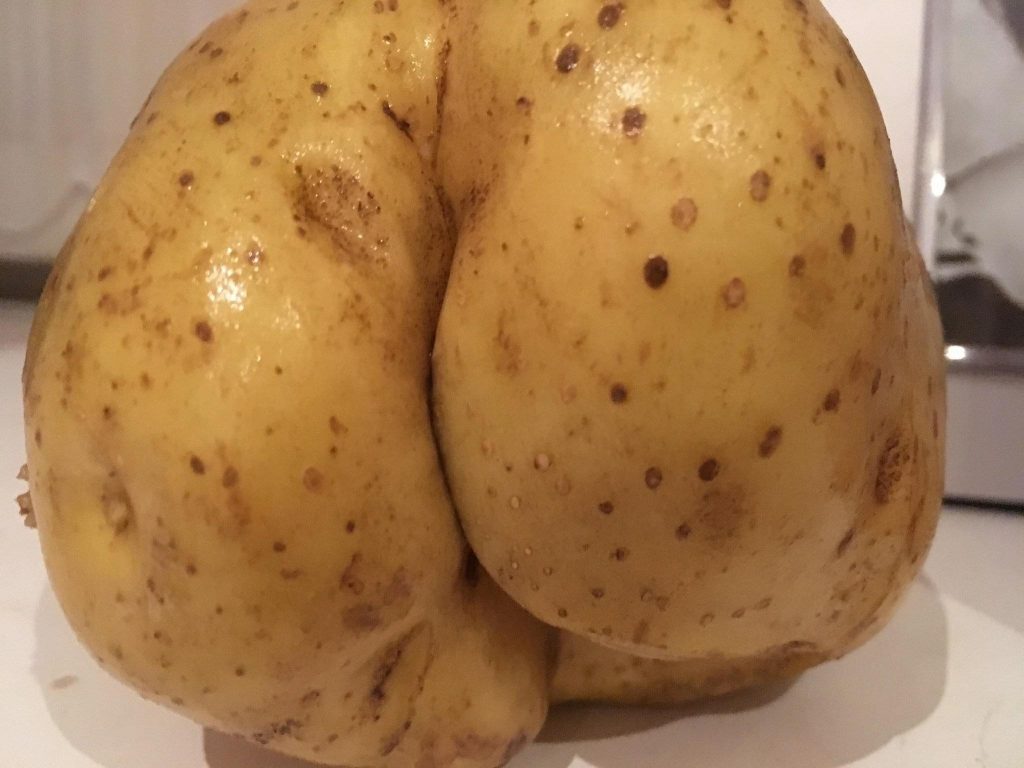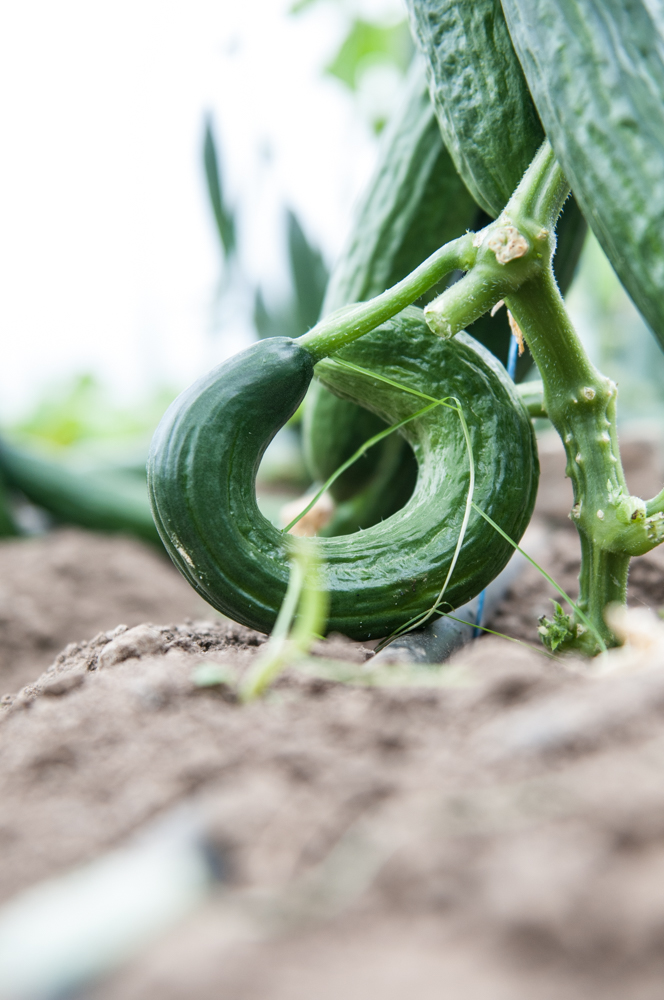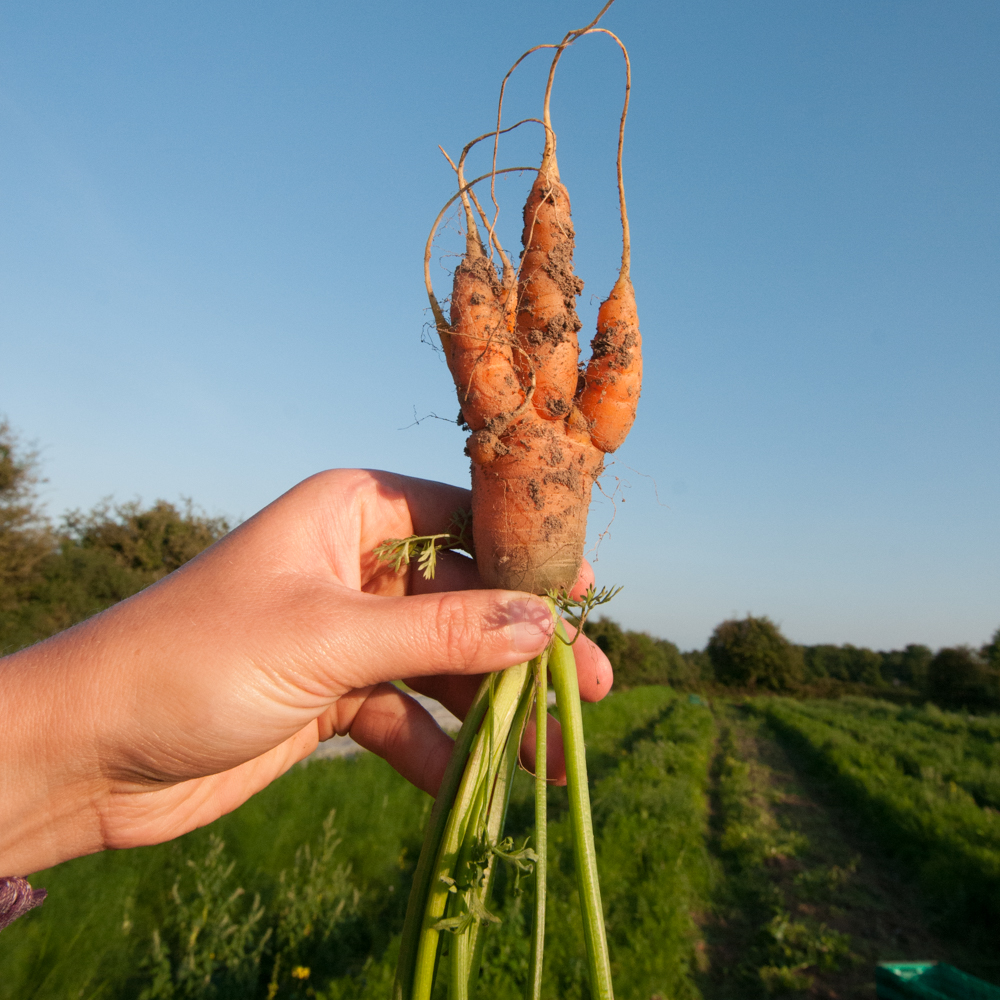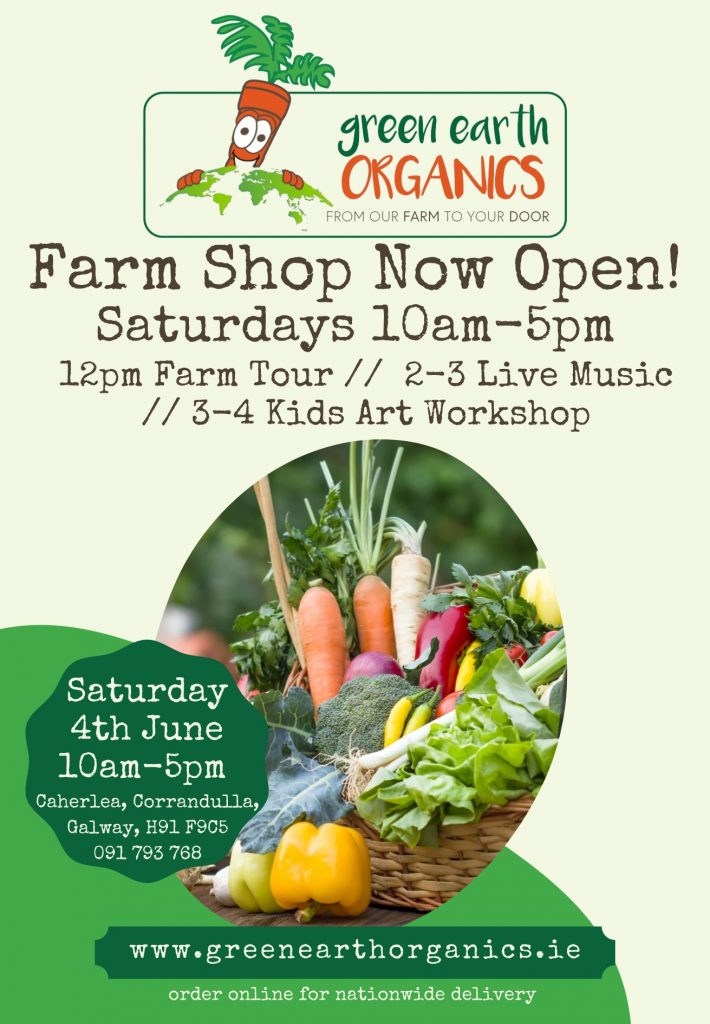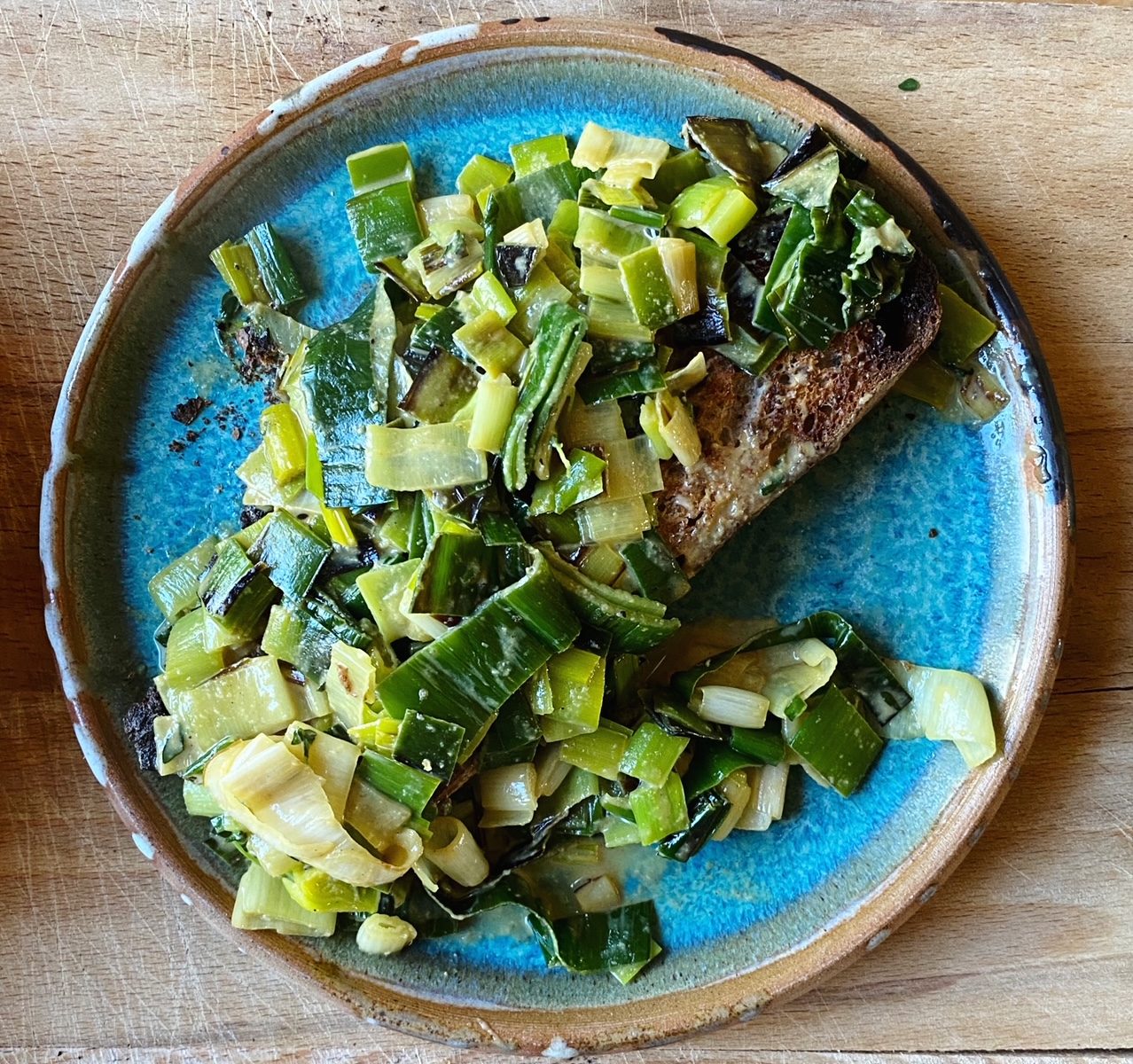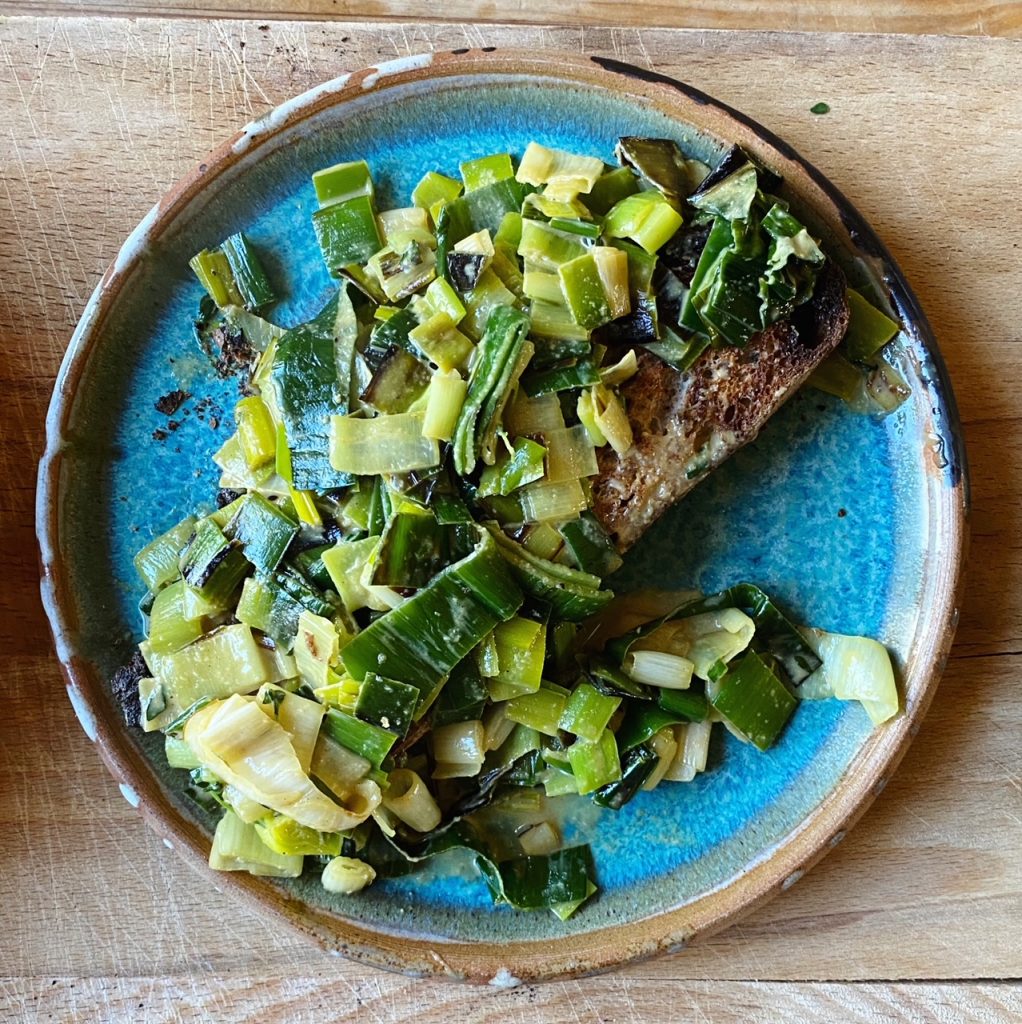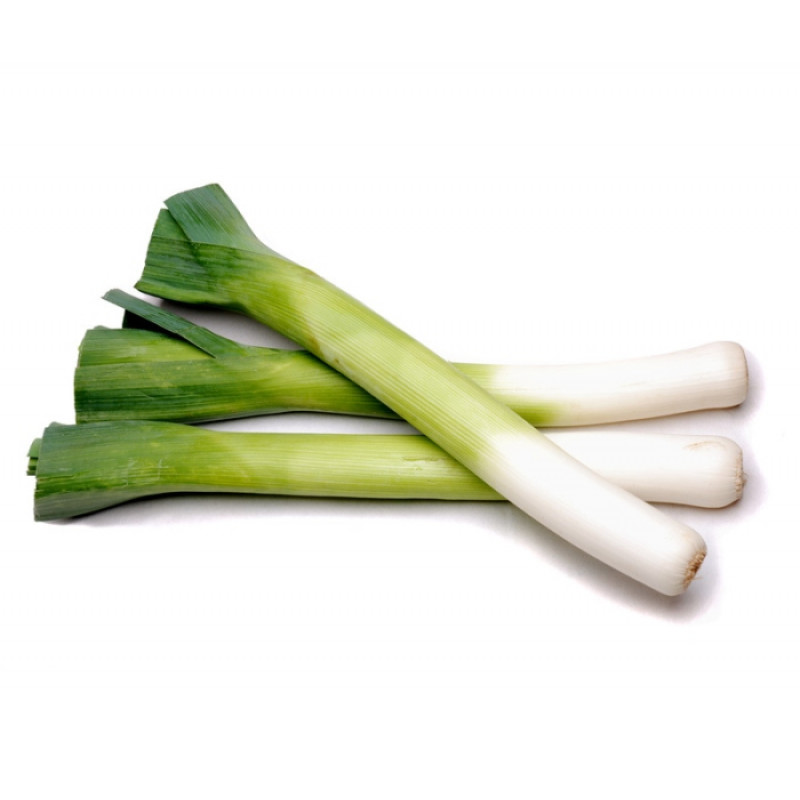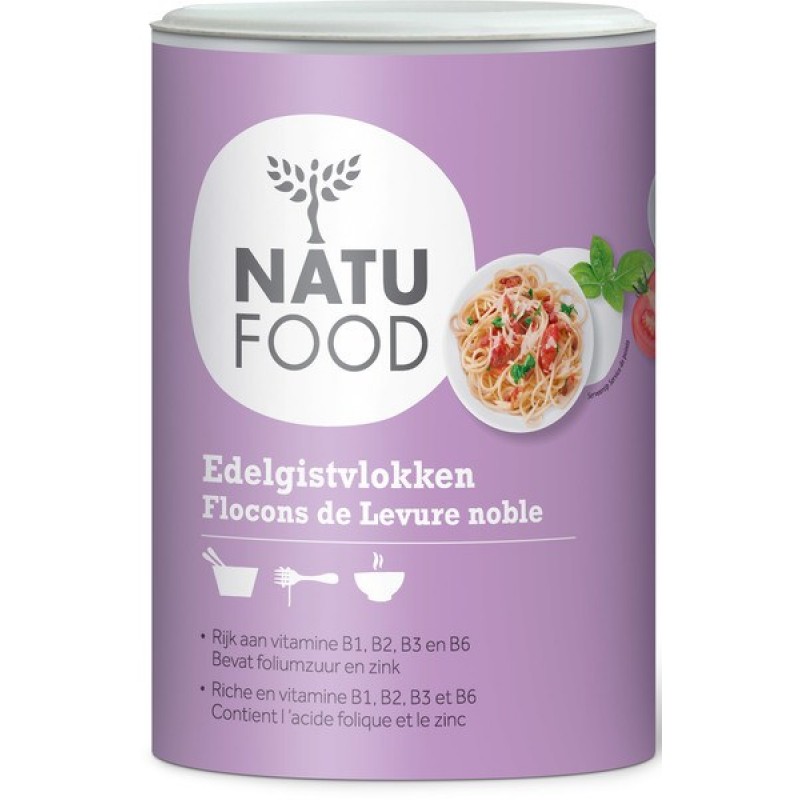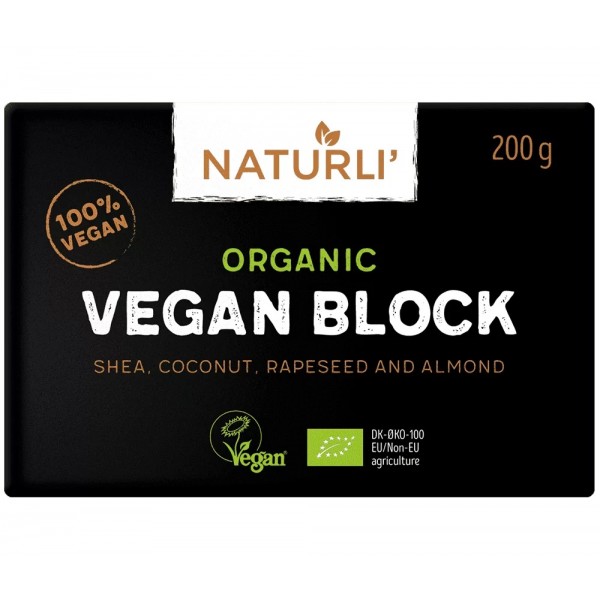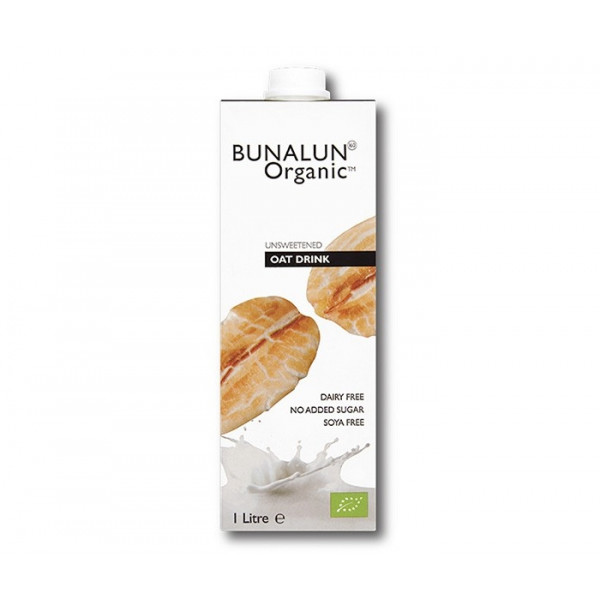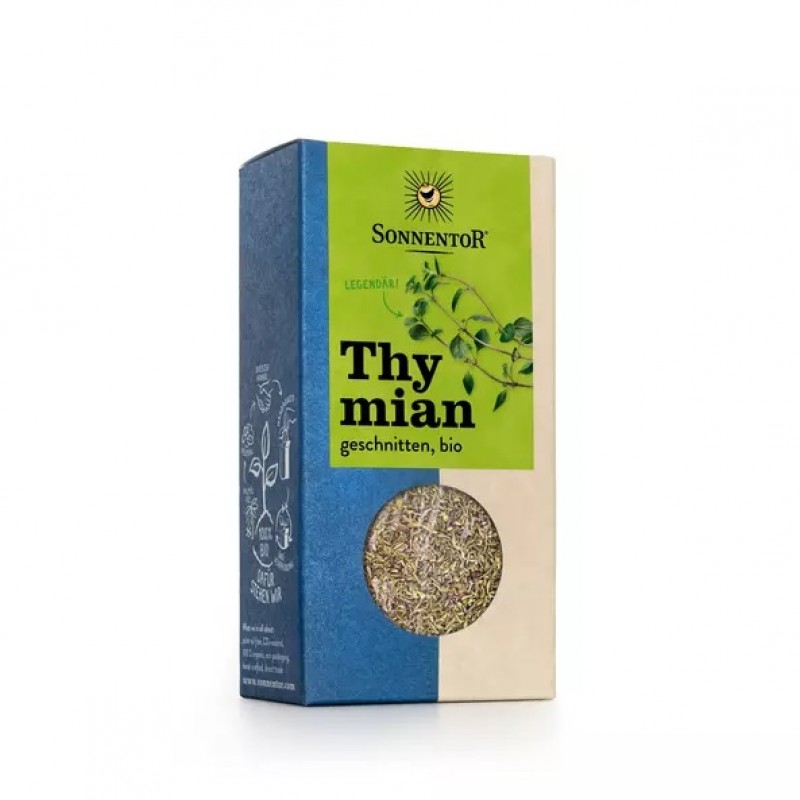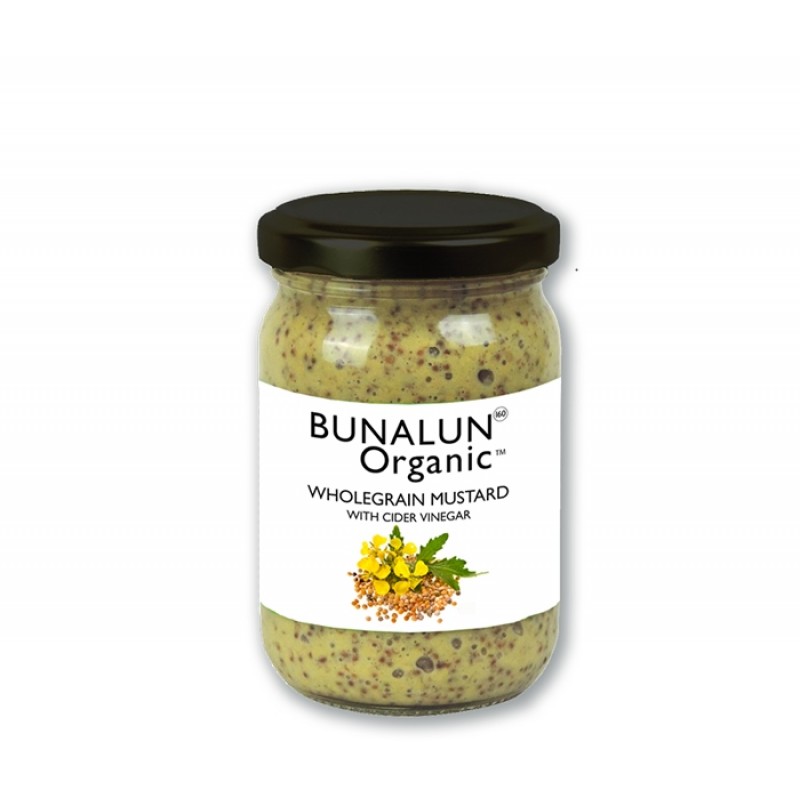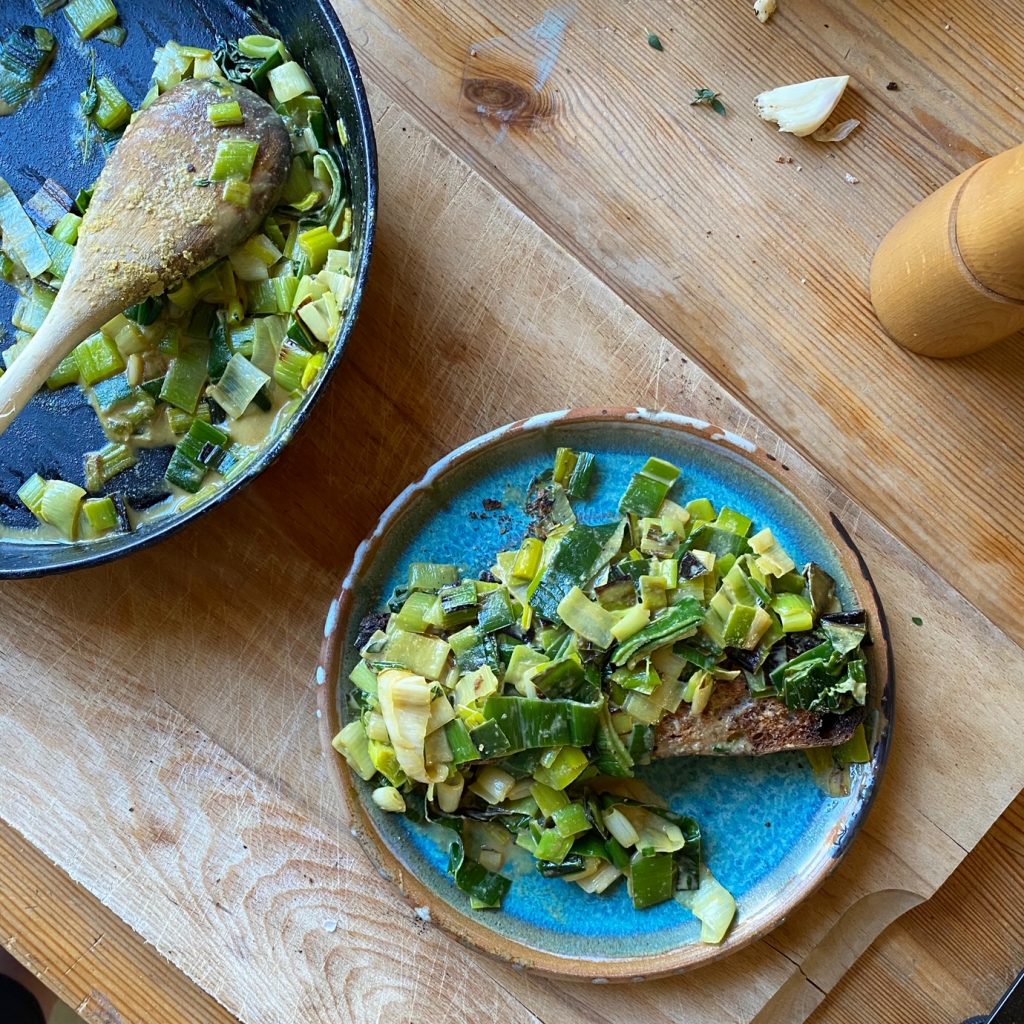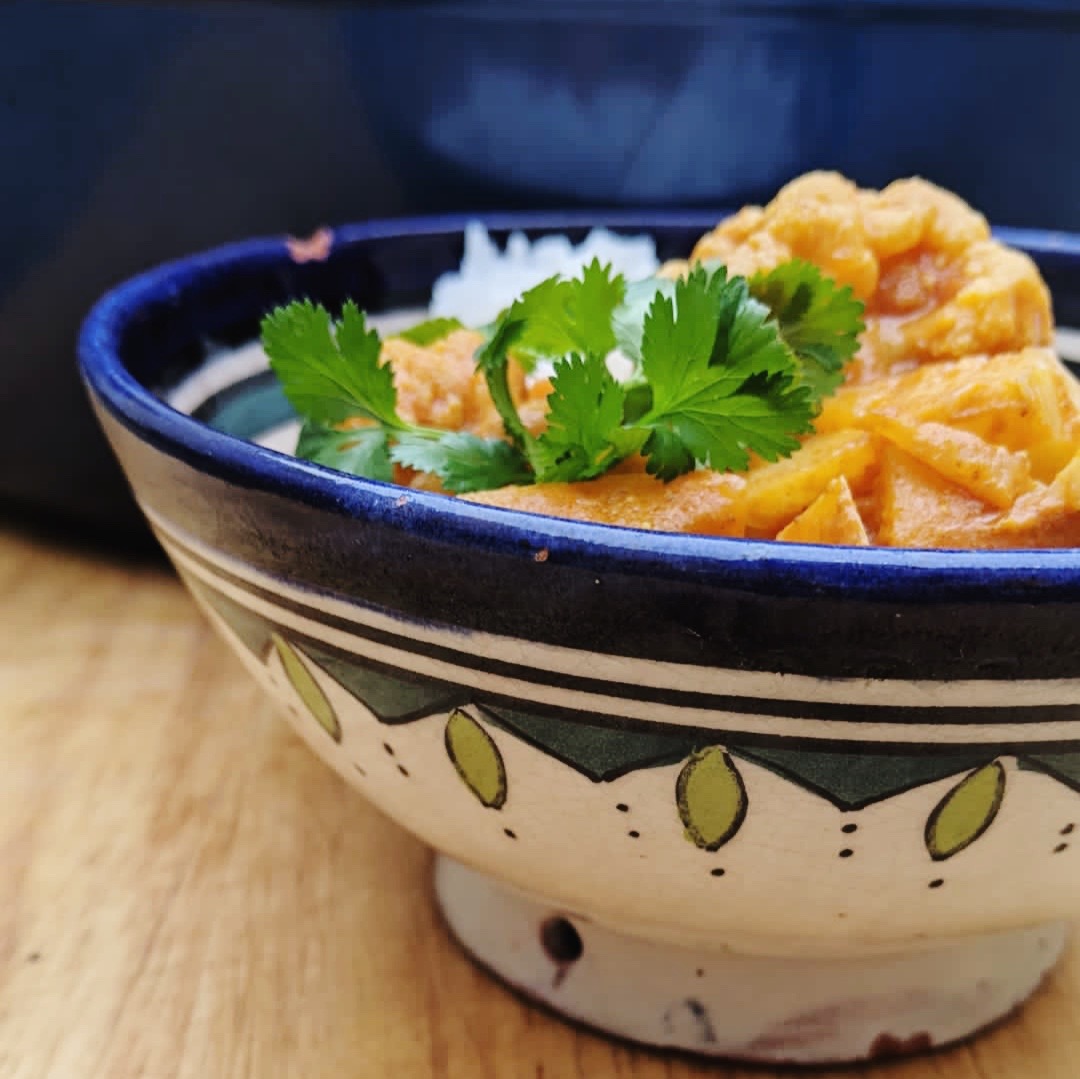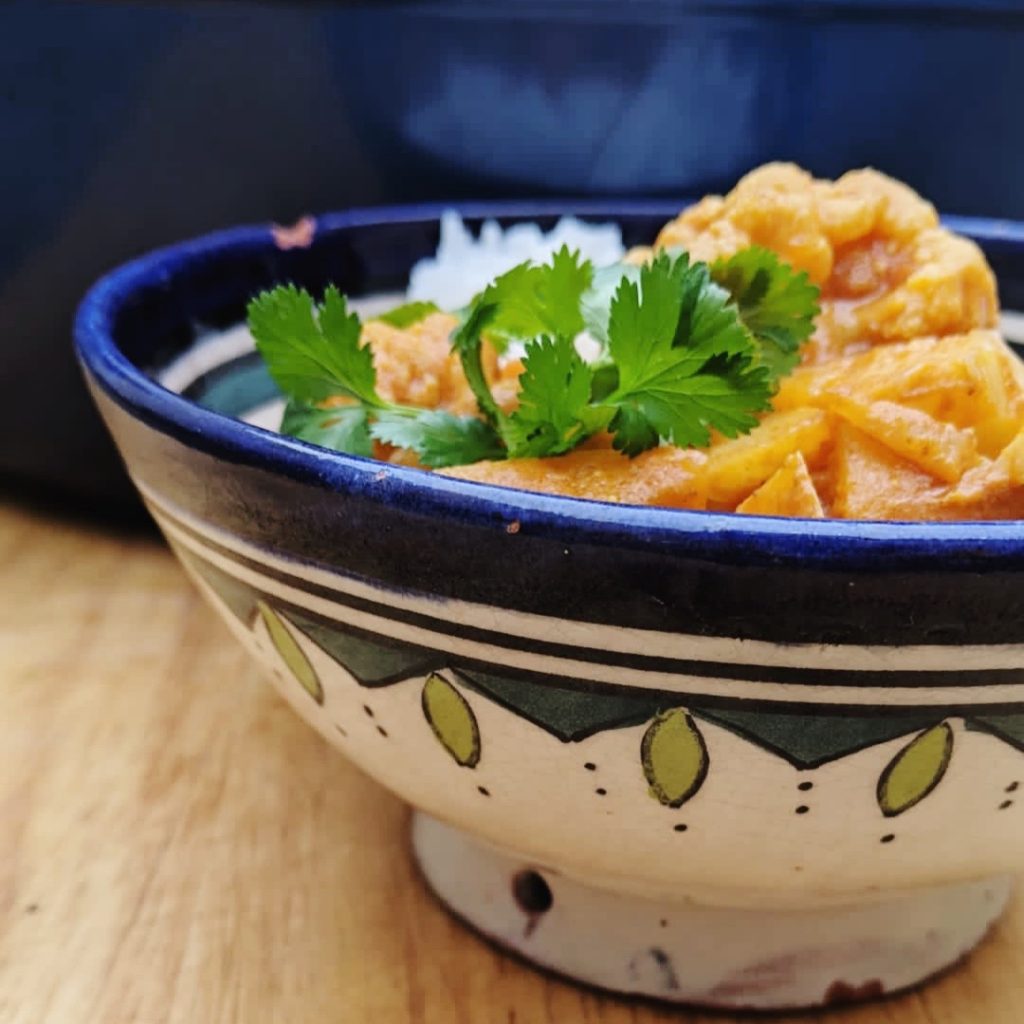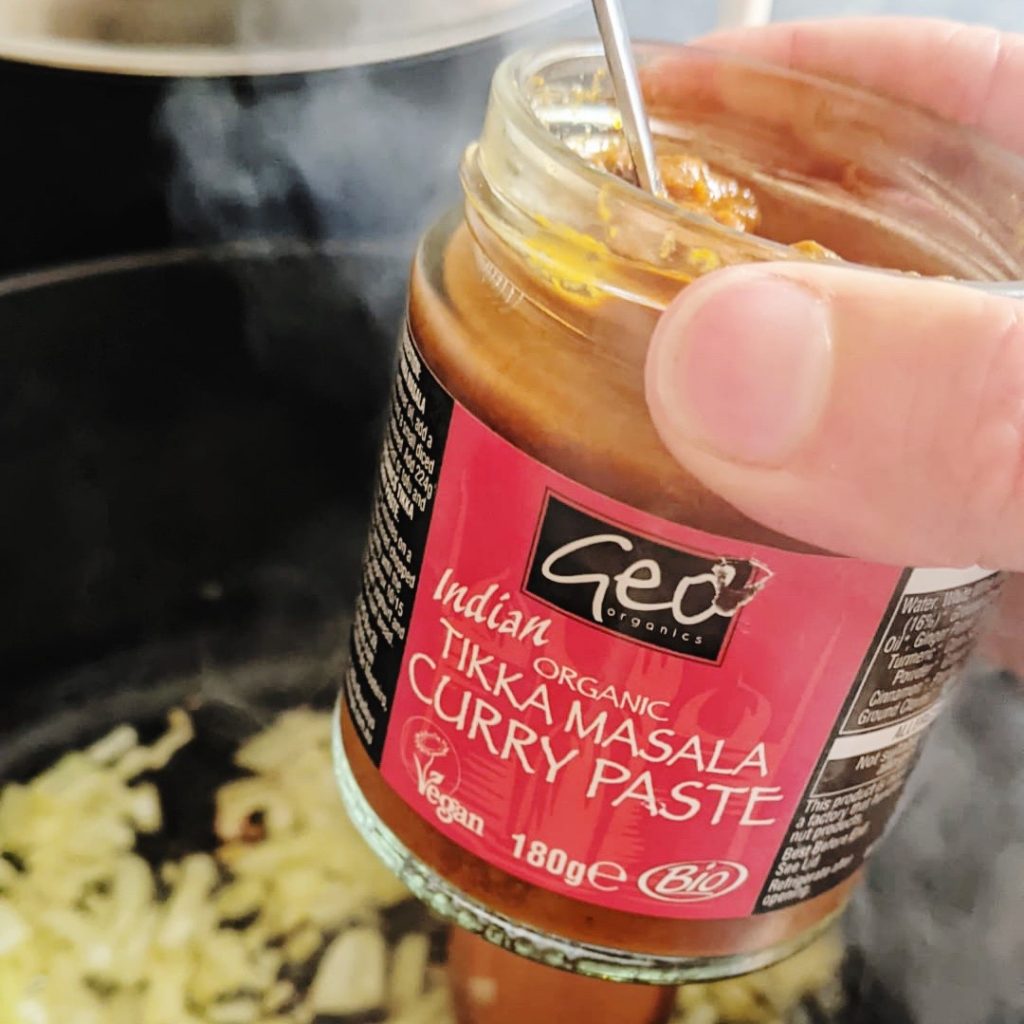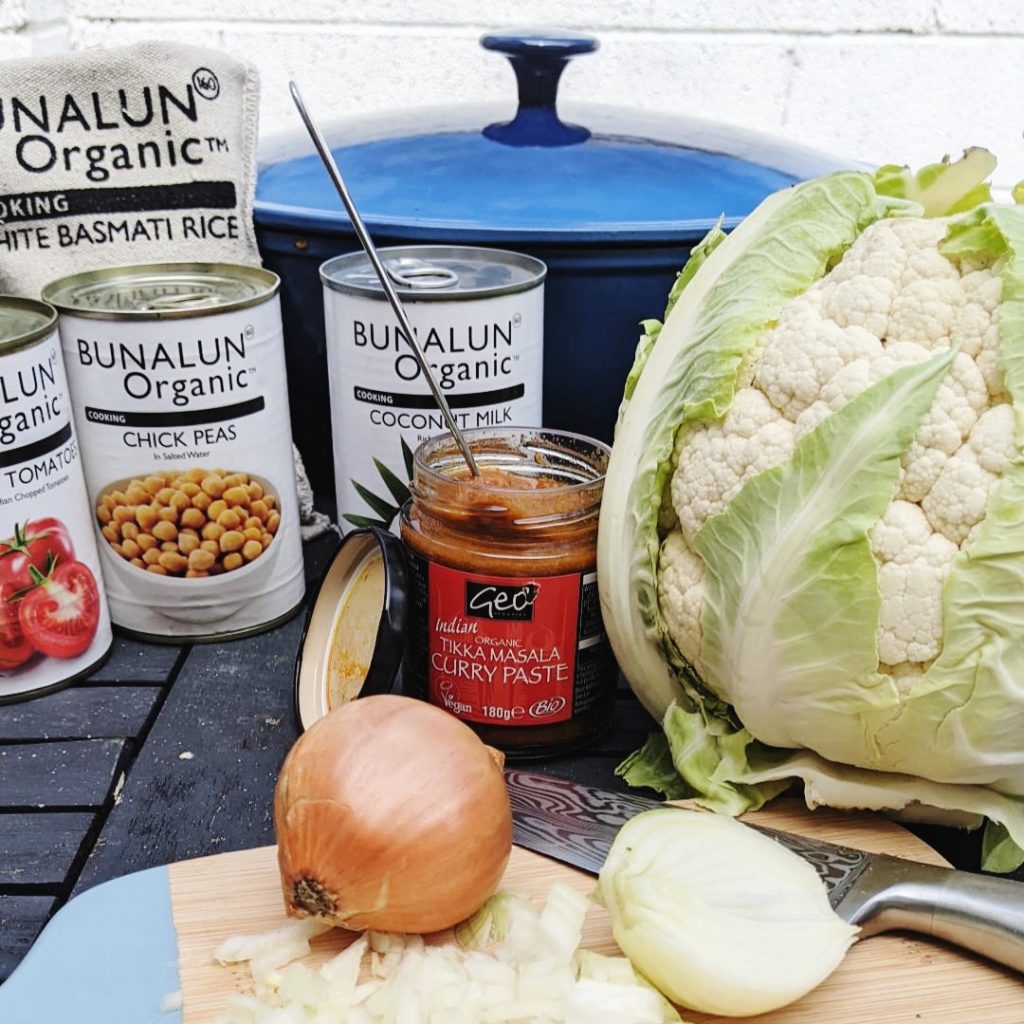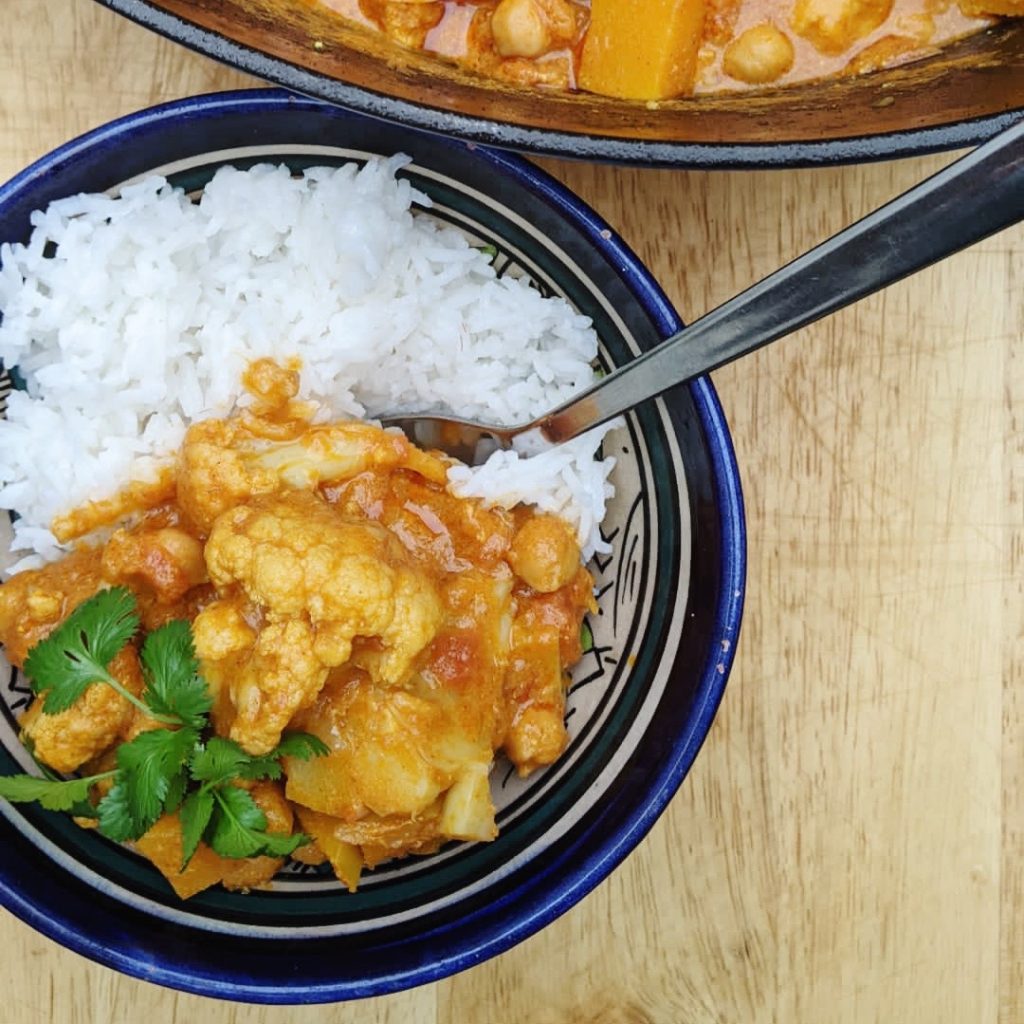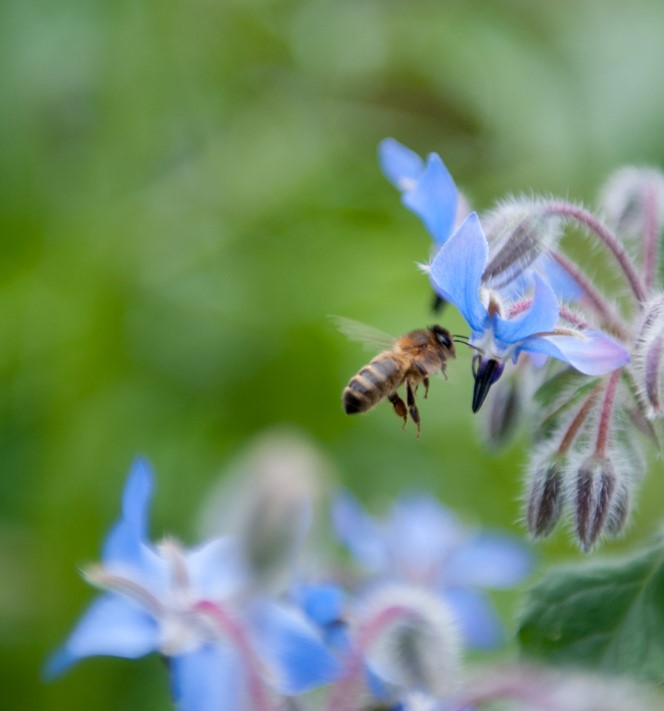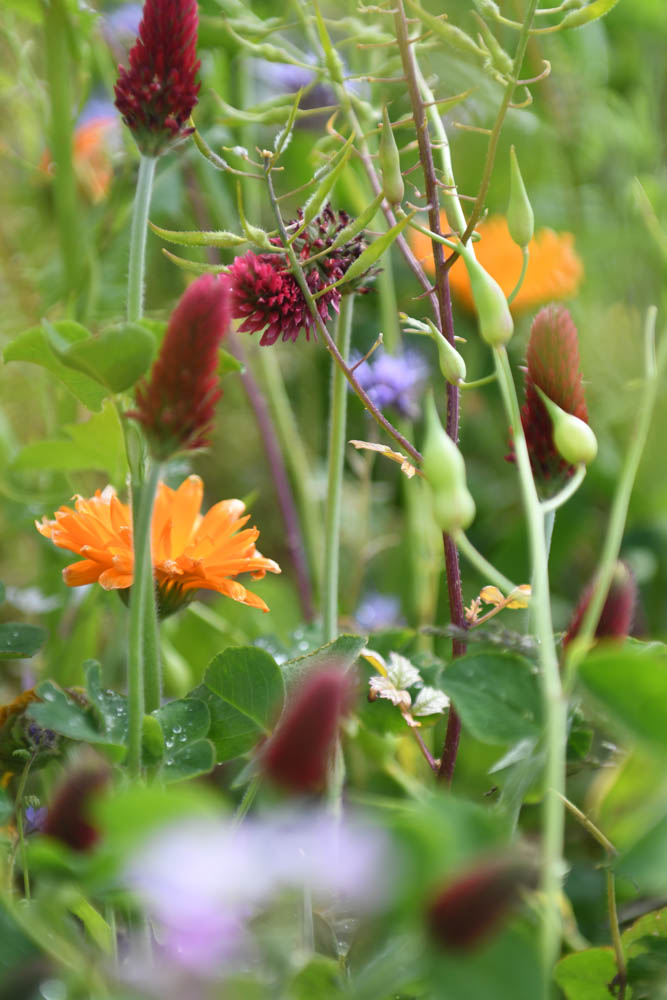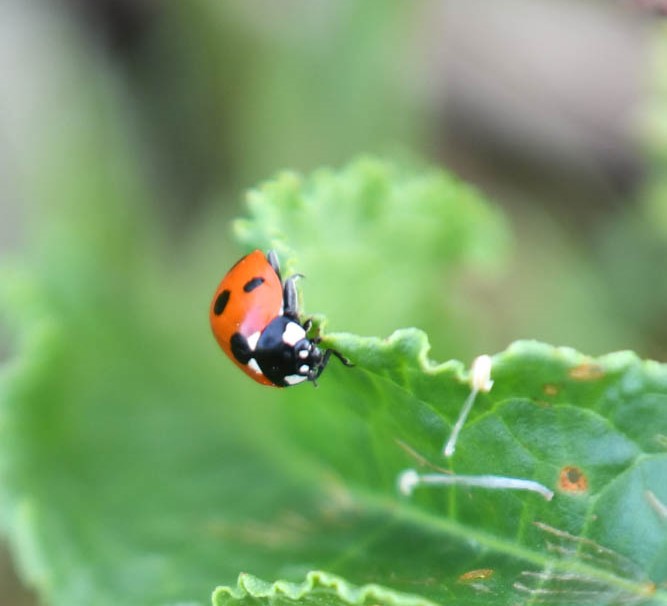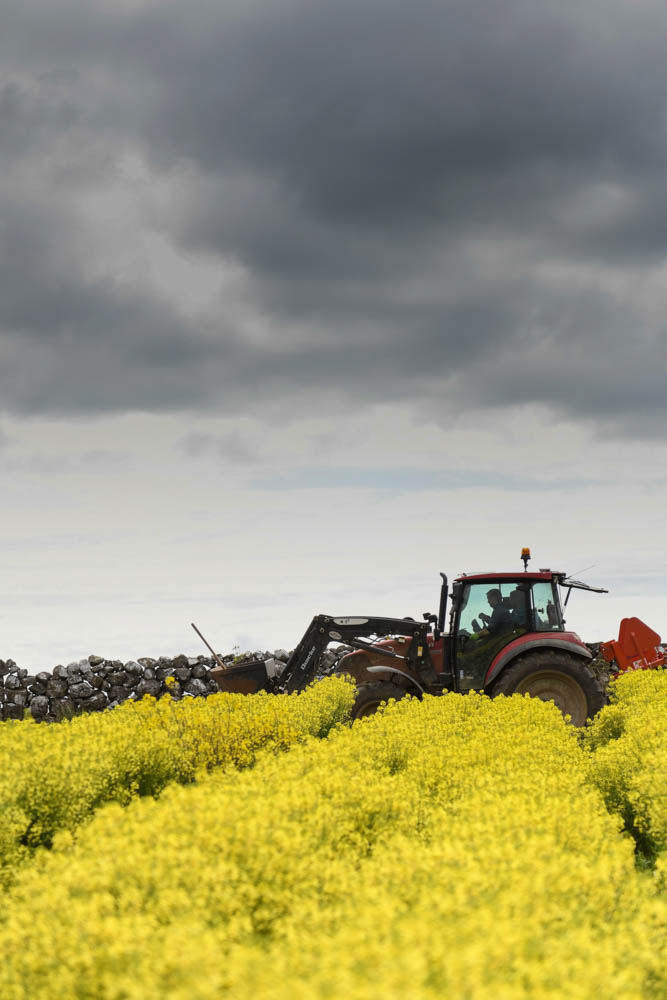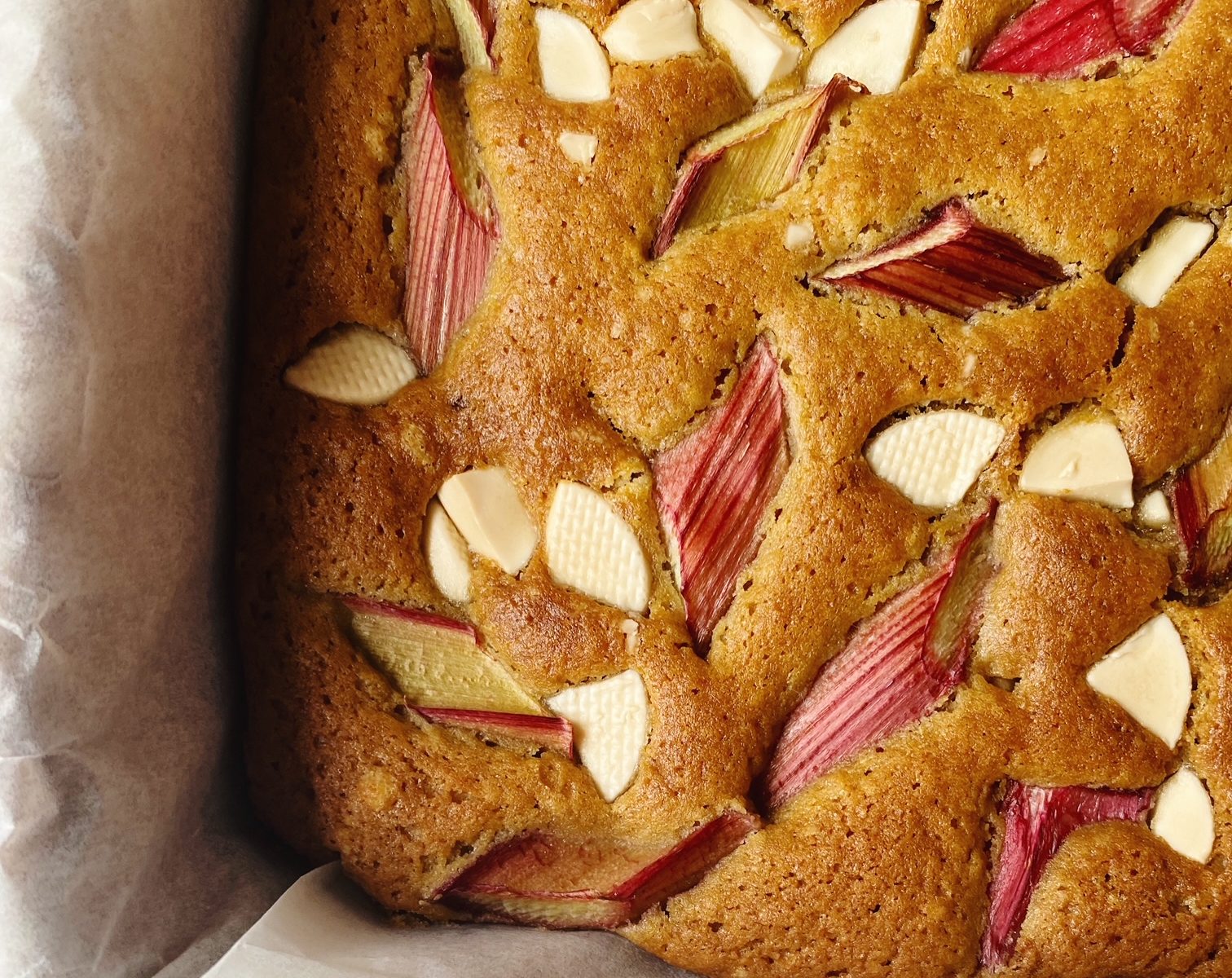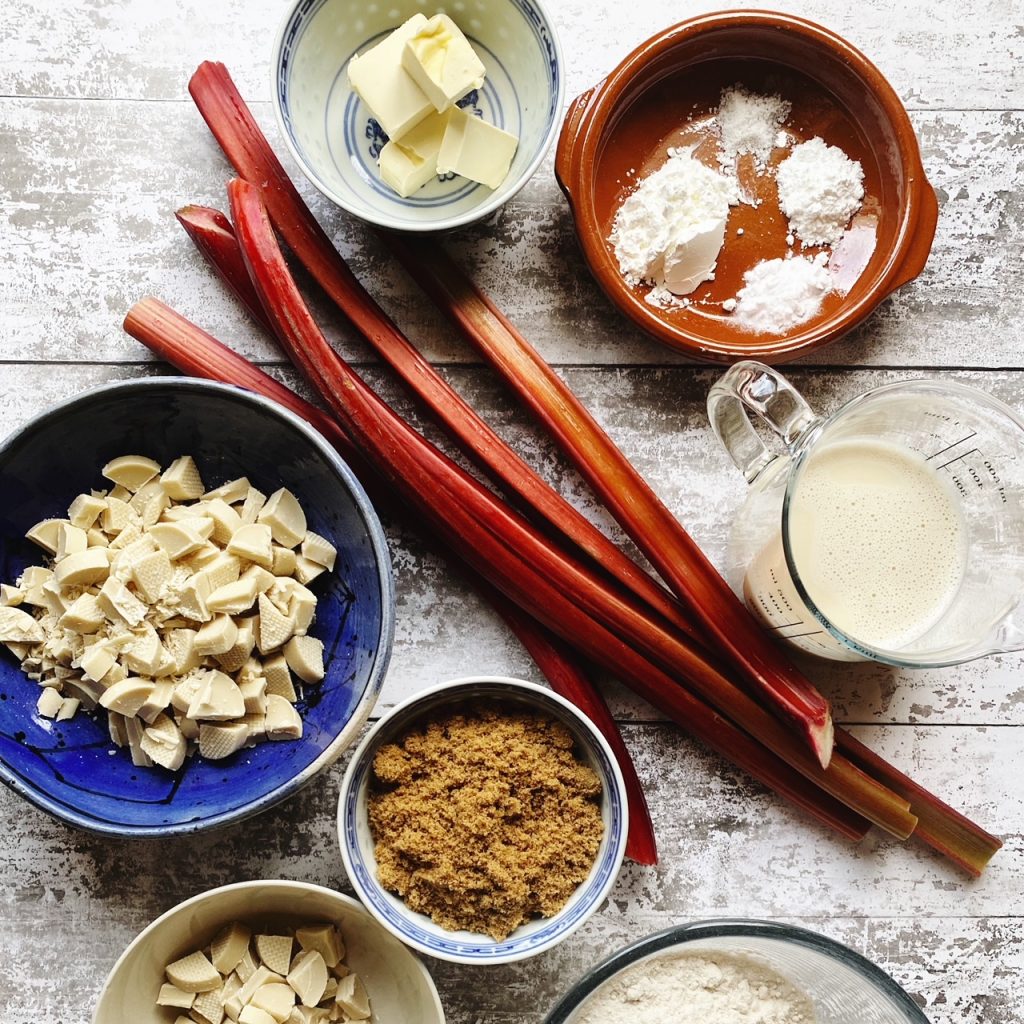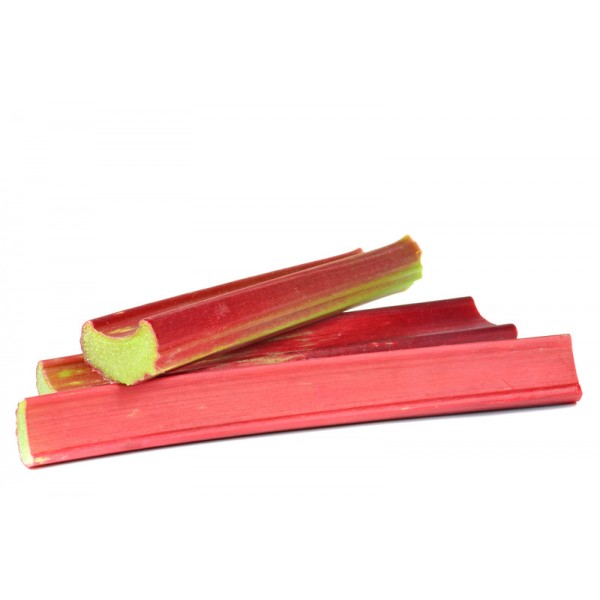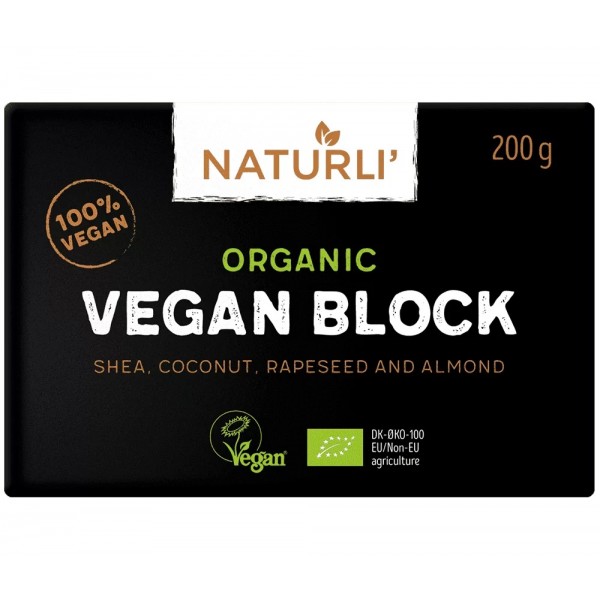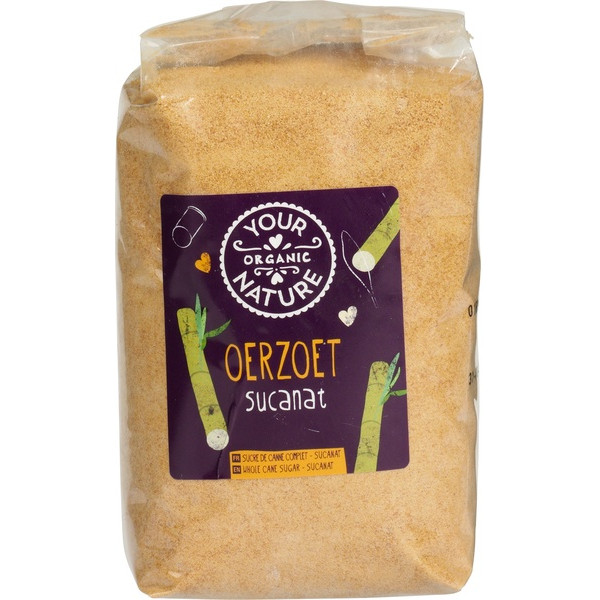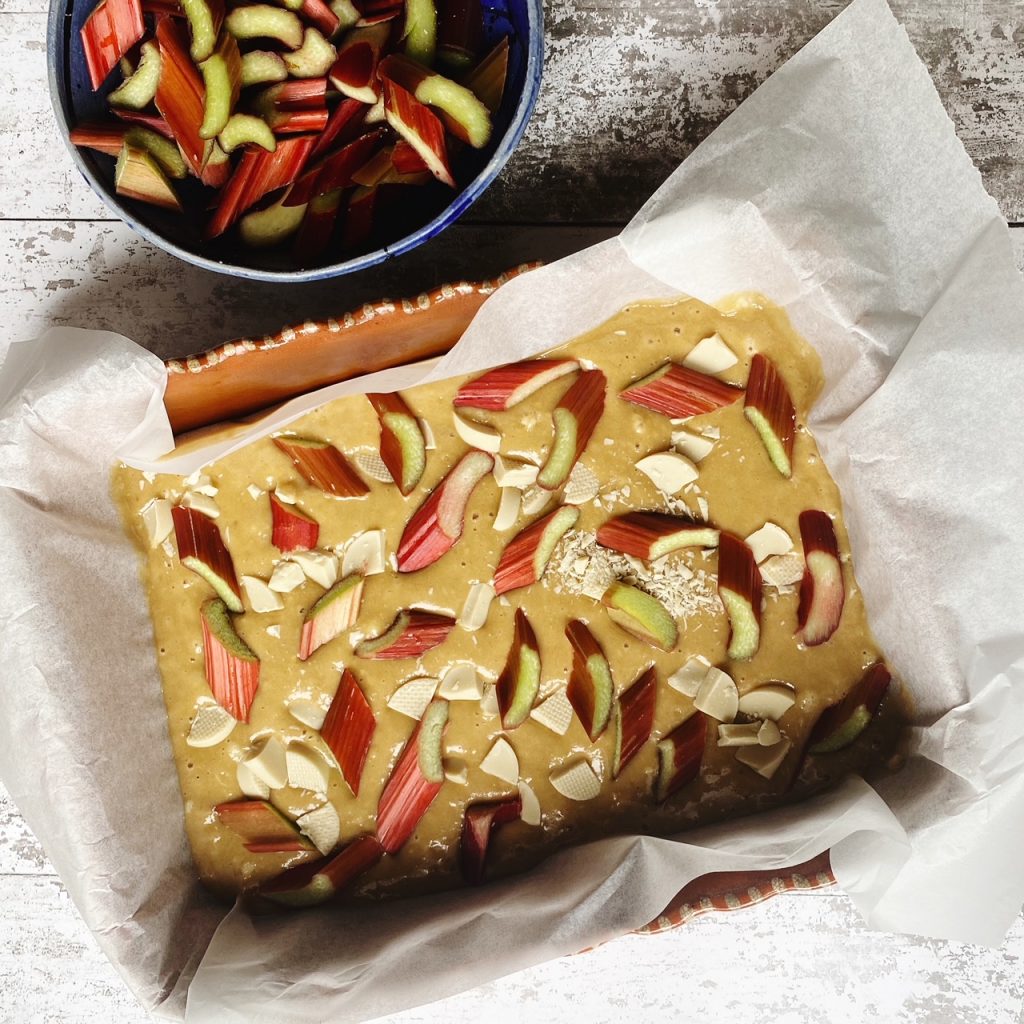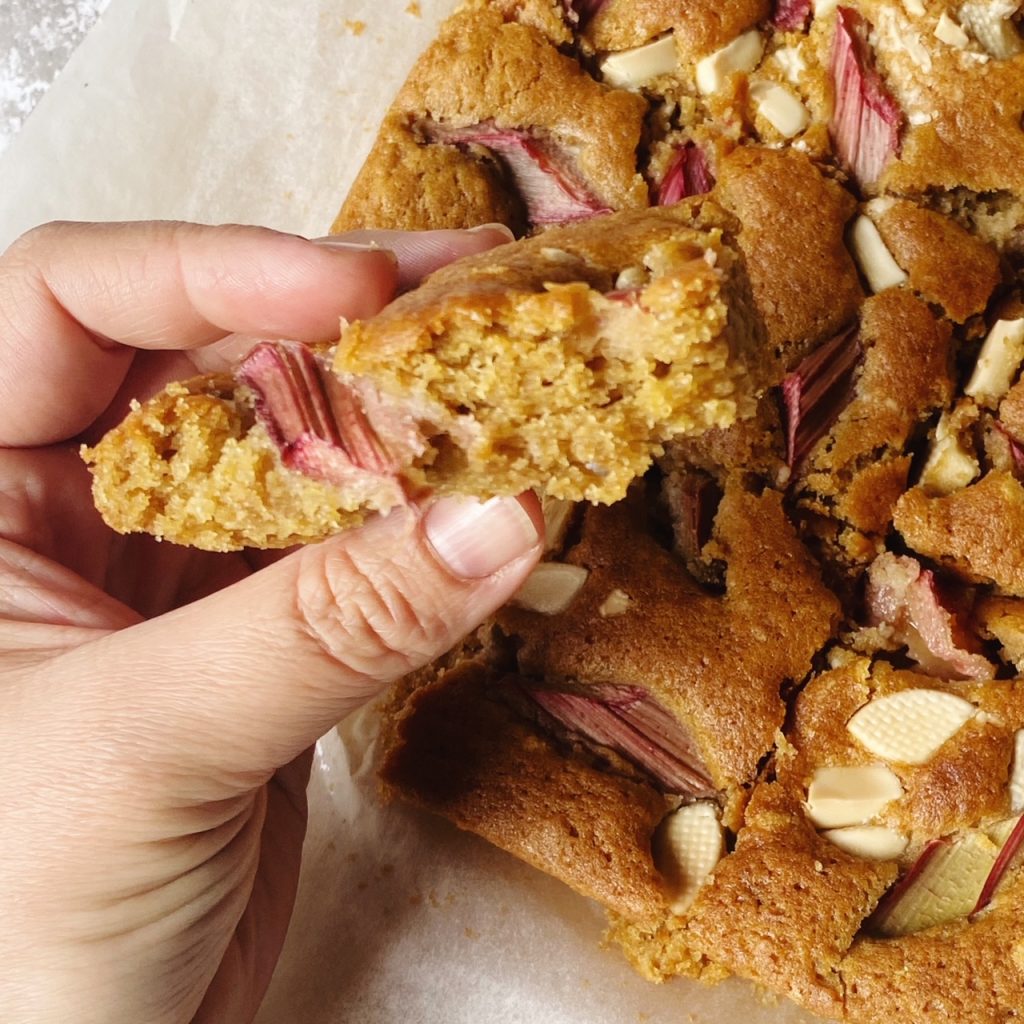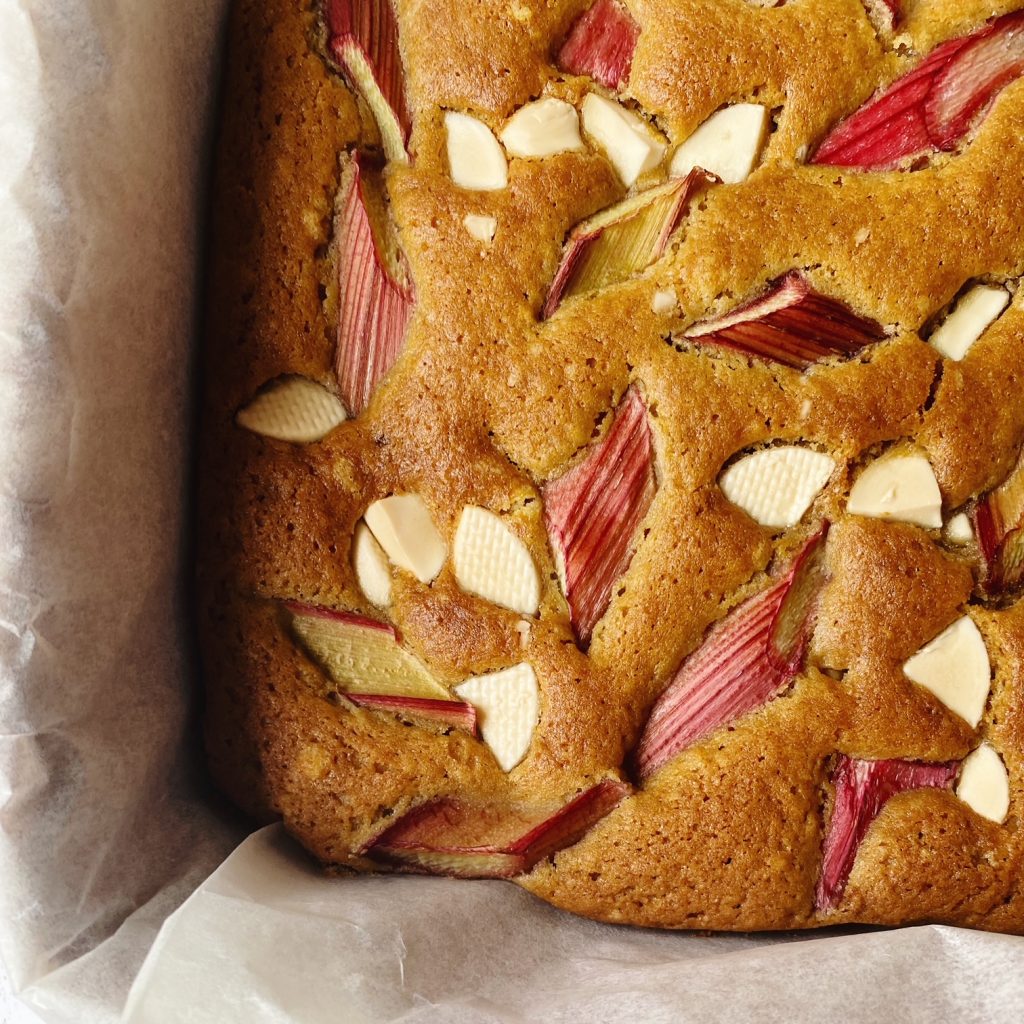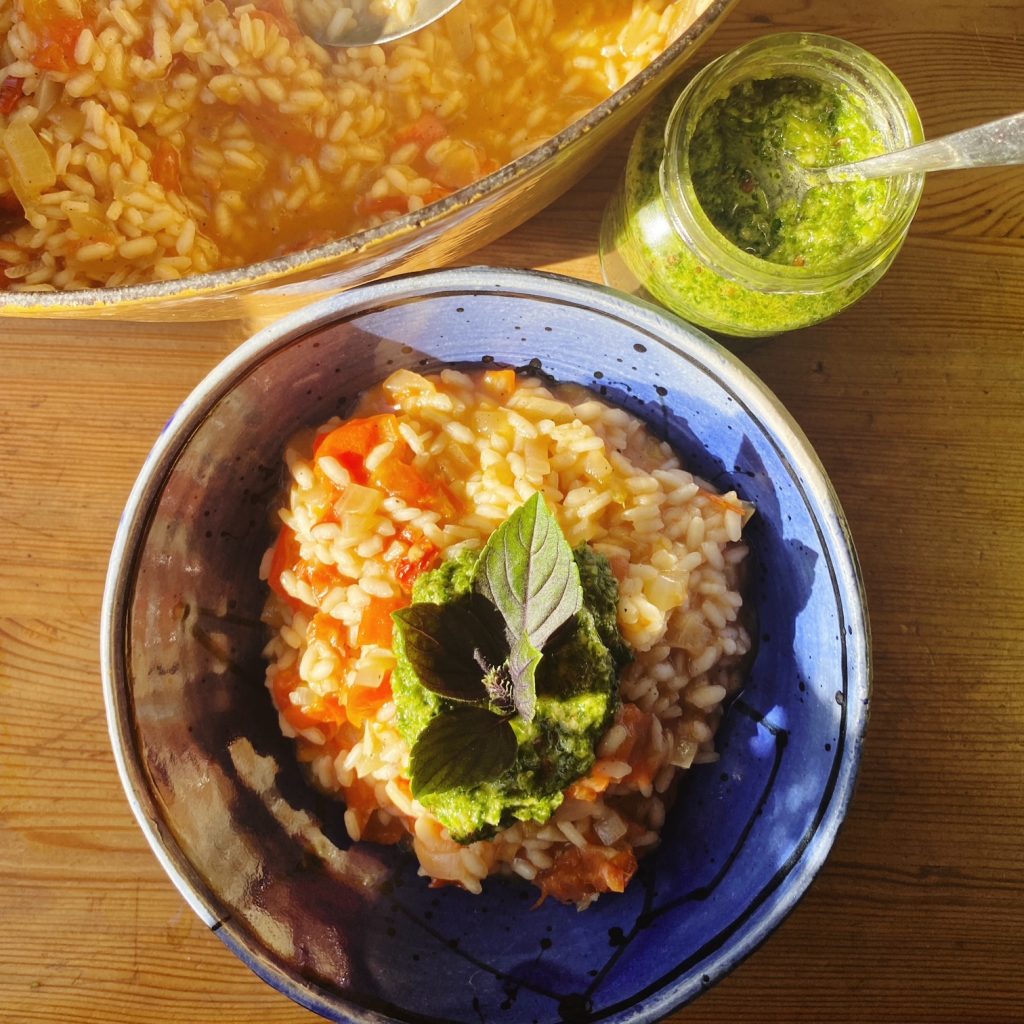
When we have a glut of tomatoes, this is one of our family favourite, summer suppers. The kids especially love this risotto and I love giving them a generous spoon of pesto. It’s so full of goodness – healthy fats and protein from the seeds and olive oil, antioxidants and vitamins from the fresh greens. Make your own pesto (follow one of our recipes here) or buy a handy jar (here). Tomato and basil is an unbeatable flavour combination. Did you know we sell organic risotto rice in compostable bags?
Liz x
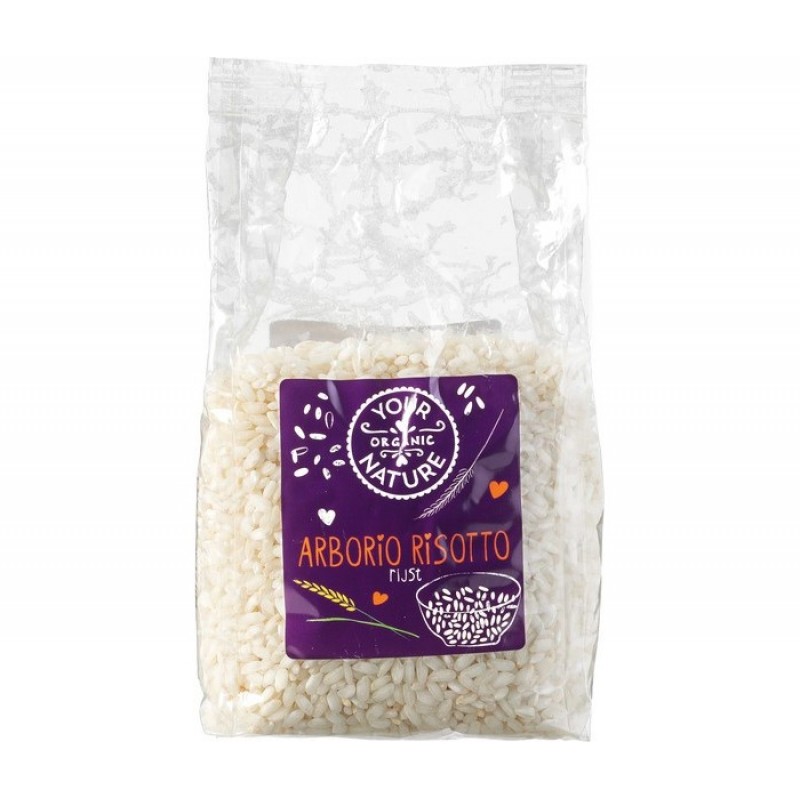
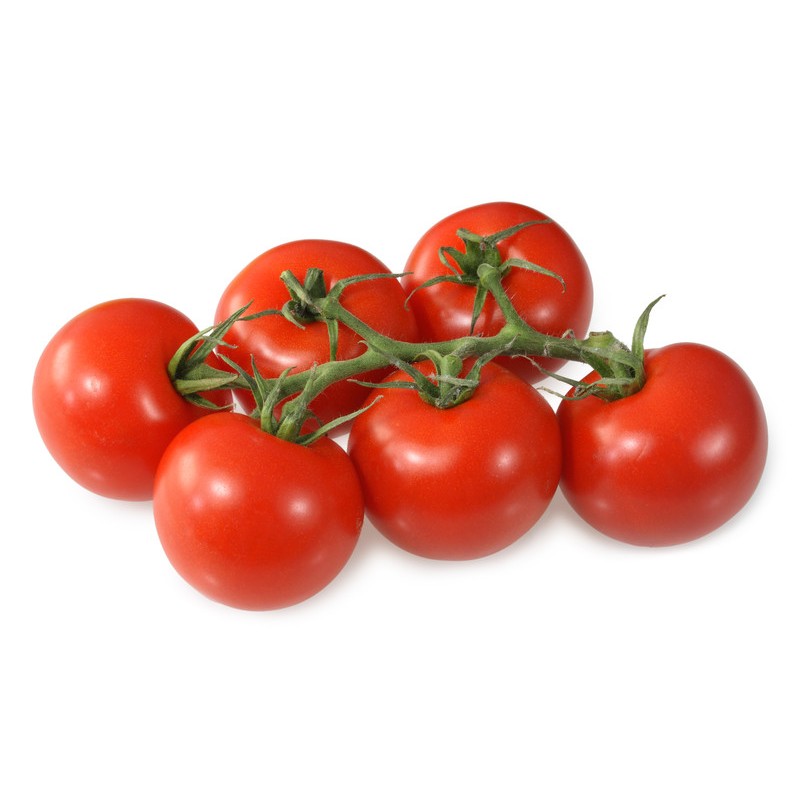
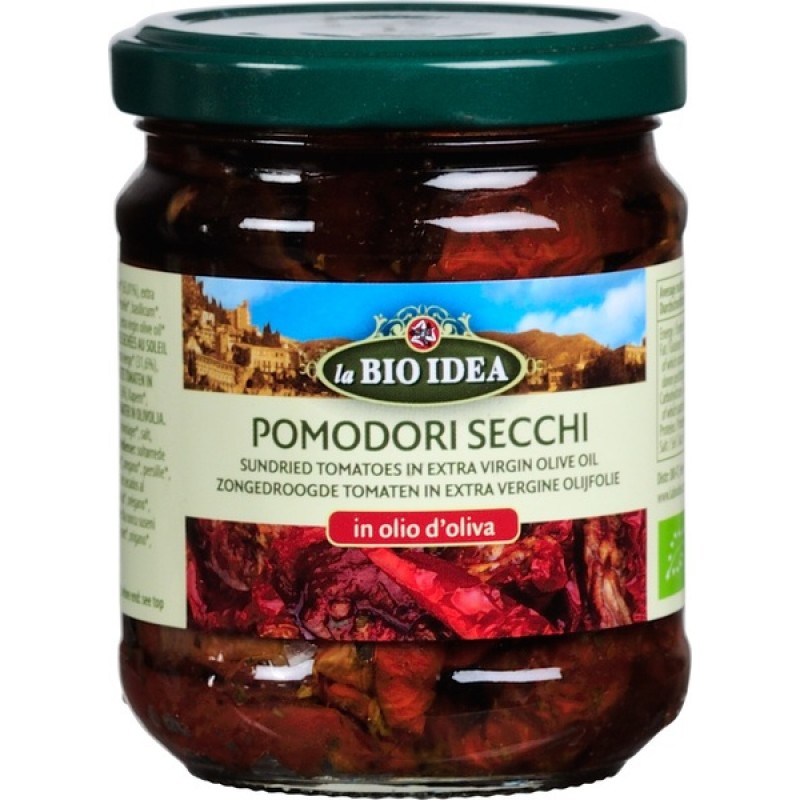
Ingredients (serves 4)
- 2 small or 1 large white onion, finely diced
- 3 tbsp olive oil
- 4 cloves of garlic, finely chopped
- 6 large tomatoes or a bag of cherry tomatoes, roughly diced
- 6 sundried tomatoes, sliced
- 1 mug of risotto rice
- 1 large glass of white wine
- 2-3 mugs of vegetable stock/bouillon
- salt and pepper to taste
- pesto to serve
- fresh basil leaves to serve
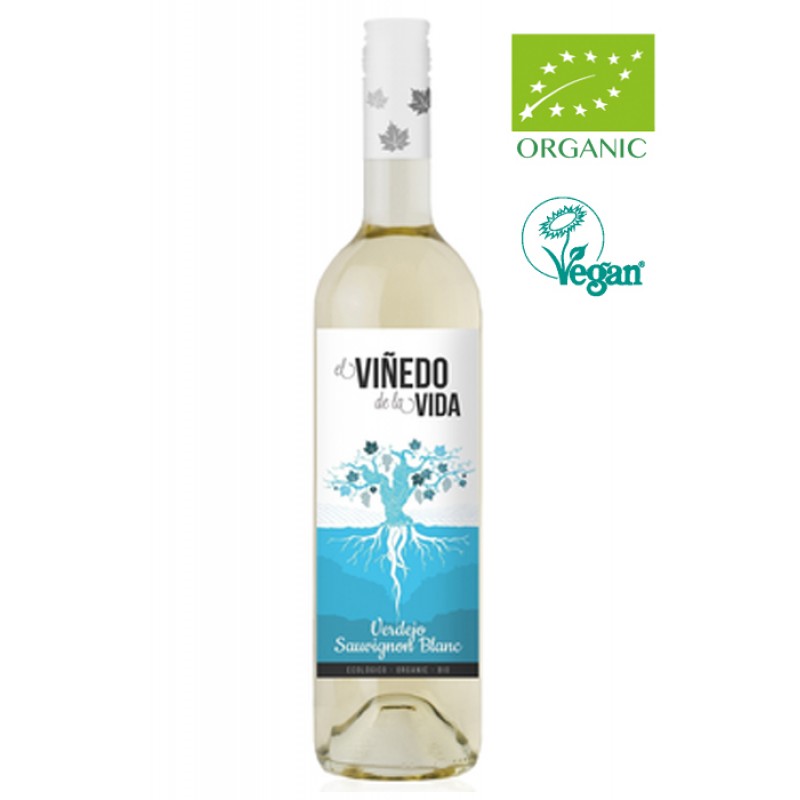
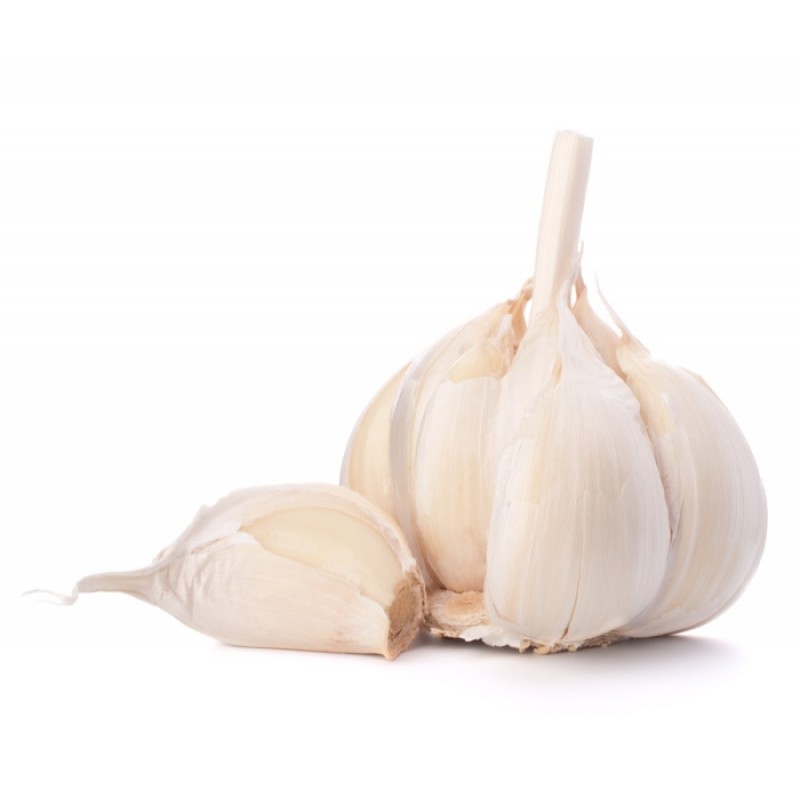
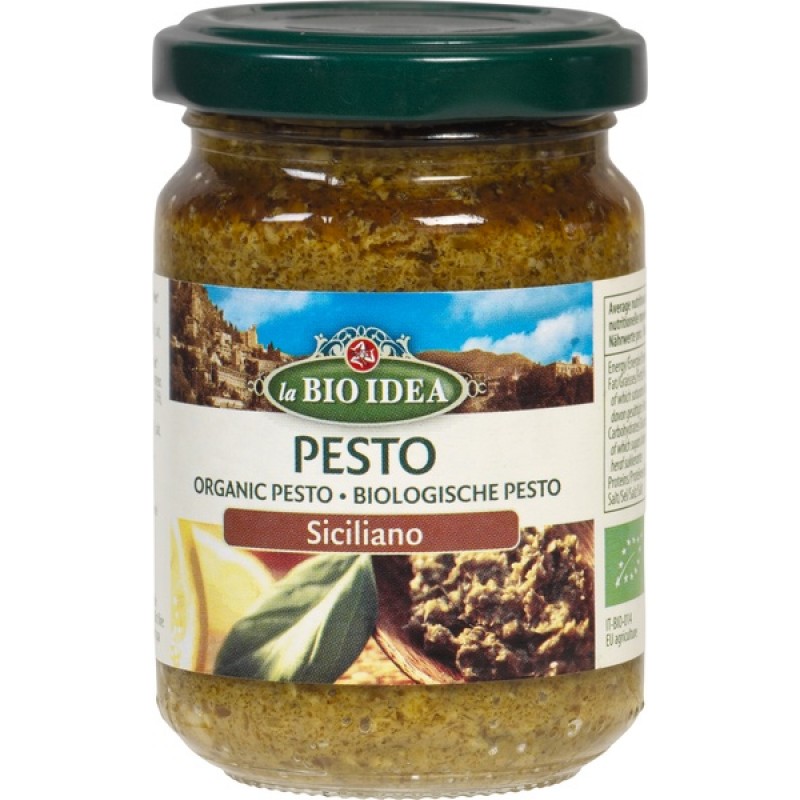
Method
- In a large, heavy bottomed pot, sauté the onion with the olive oil until soft and golden. Over a medium heat, this should take around 8-10 minutes.
- Now add the garlic, tomatoes, sun dried tomatoes and a big pinch of salt and pepper. Sauté and cook down for another 5 minutes.
- Add the mug of rice and the glass of white wine. Stir until most of the liquid has been absorbed.
- Then add a ladle of the stock, stir and cook until most of the liquid has been absorbed. Keep repeating this step until the rice is cooked through. Taste a grain every now and then and stop adding stock when you are happy with the consistency. Adjust the seasoning as needed at the end too with some extra salt, pepper or maybe a squeeze of lemon?
- Serve in bowls and top each bowl with a generous spoon of pesto and some fresh basil leaves. Enjoy as it is or with a simple salad


